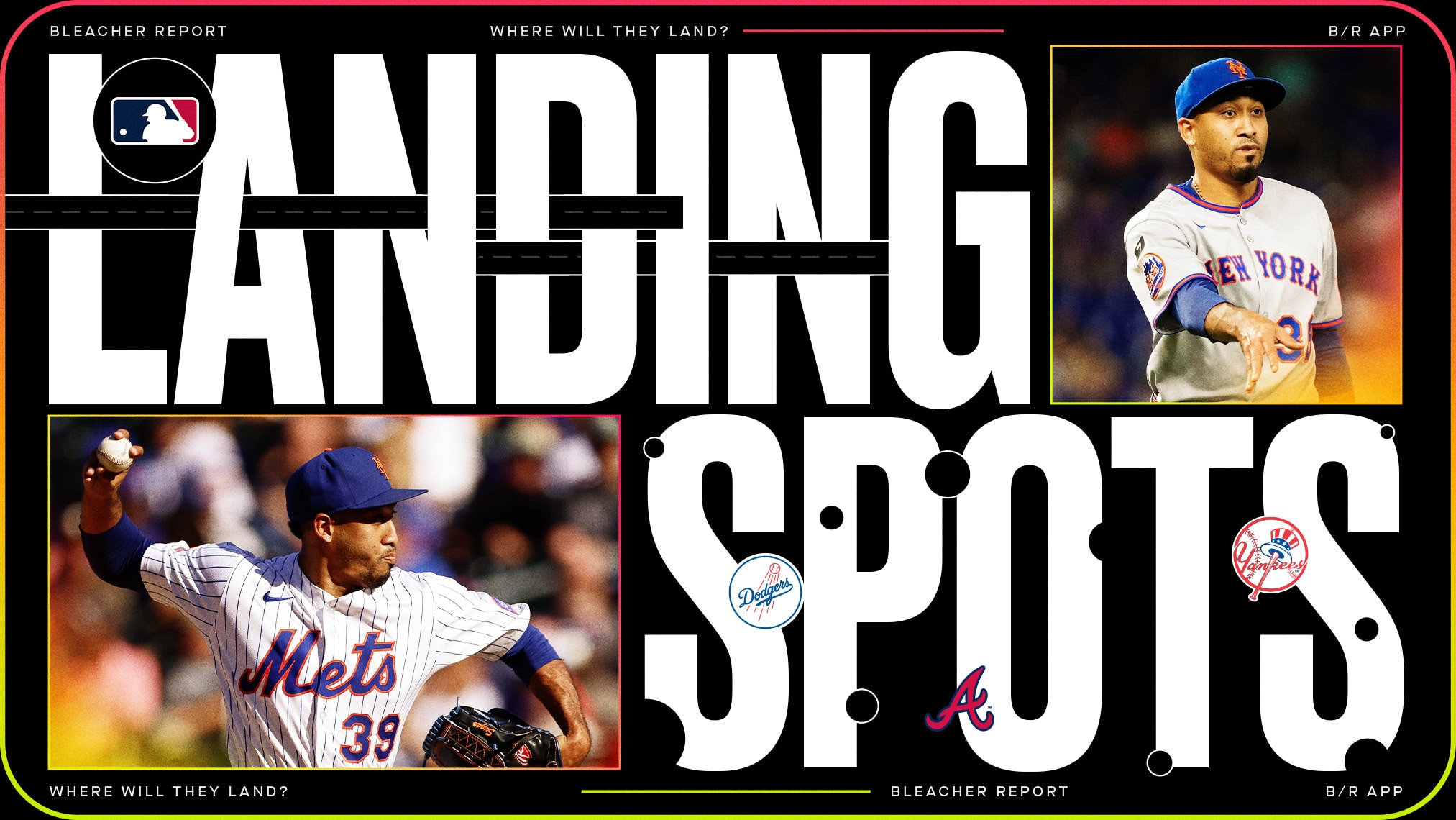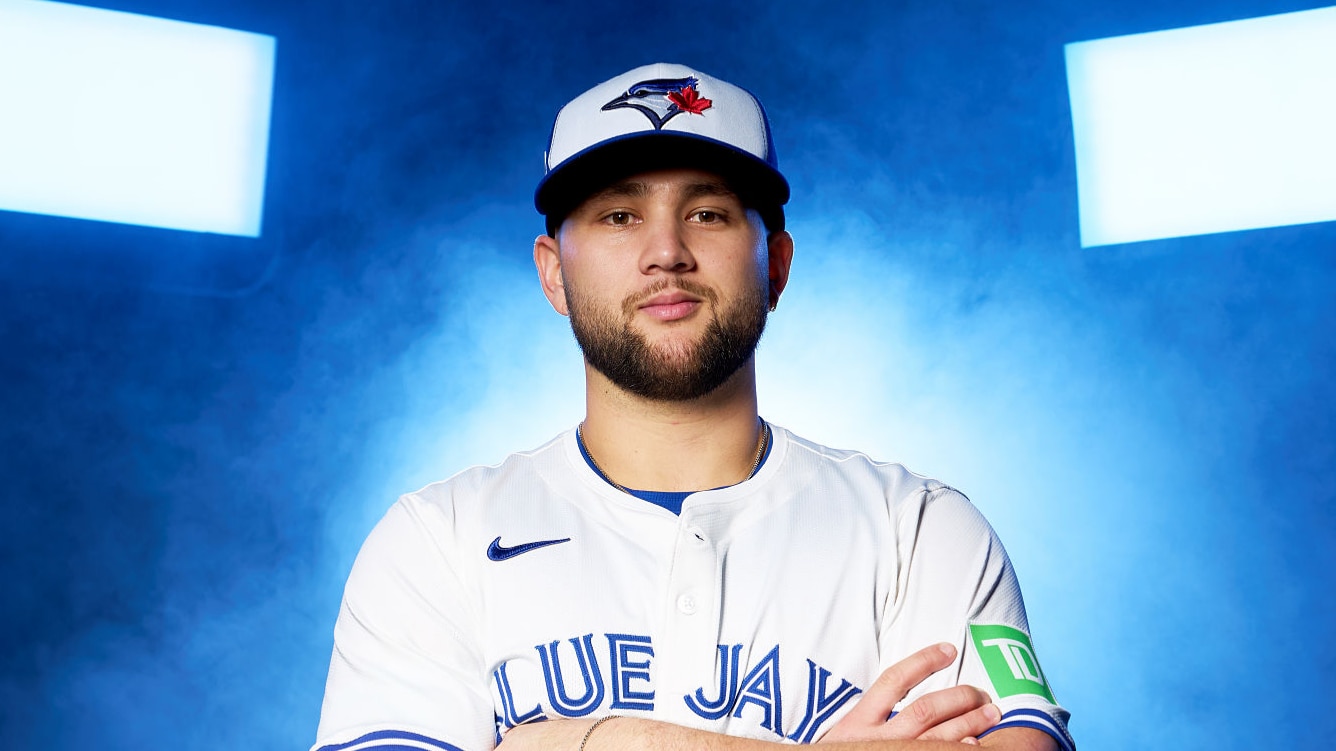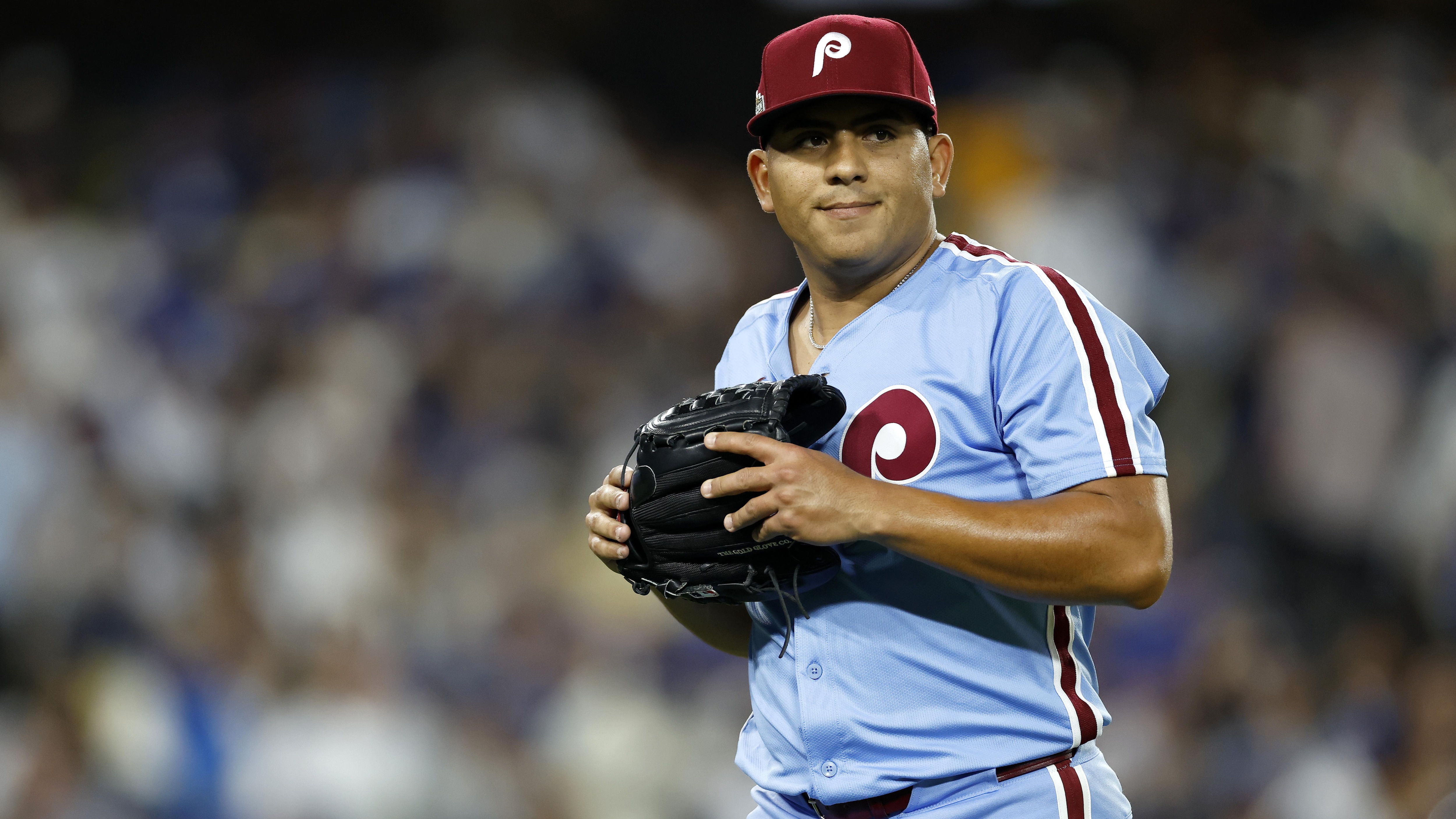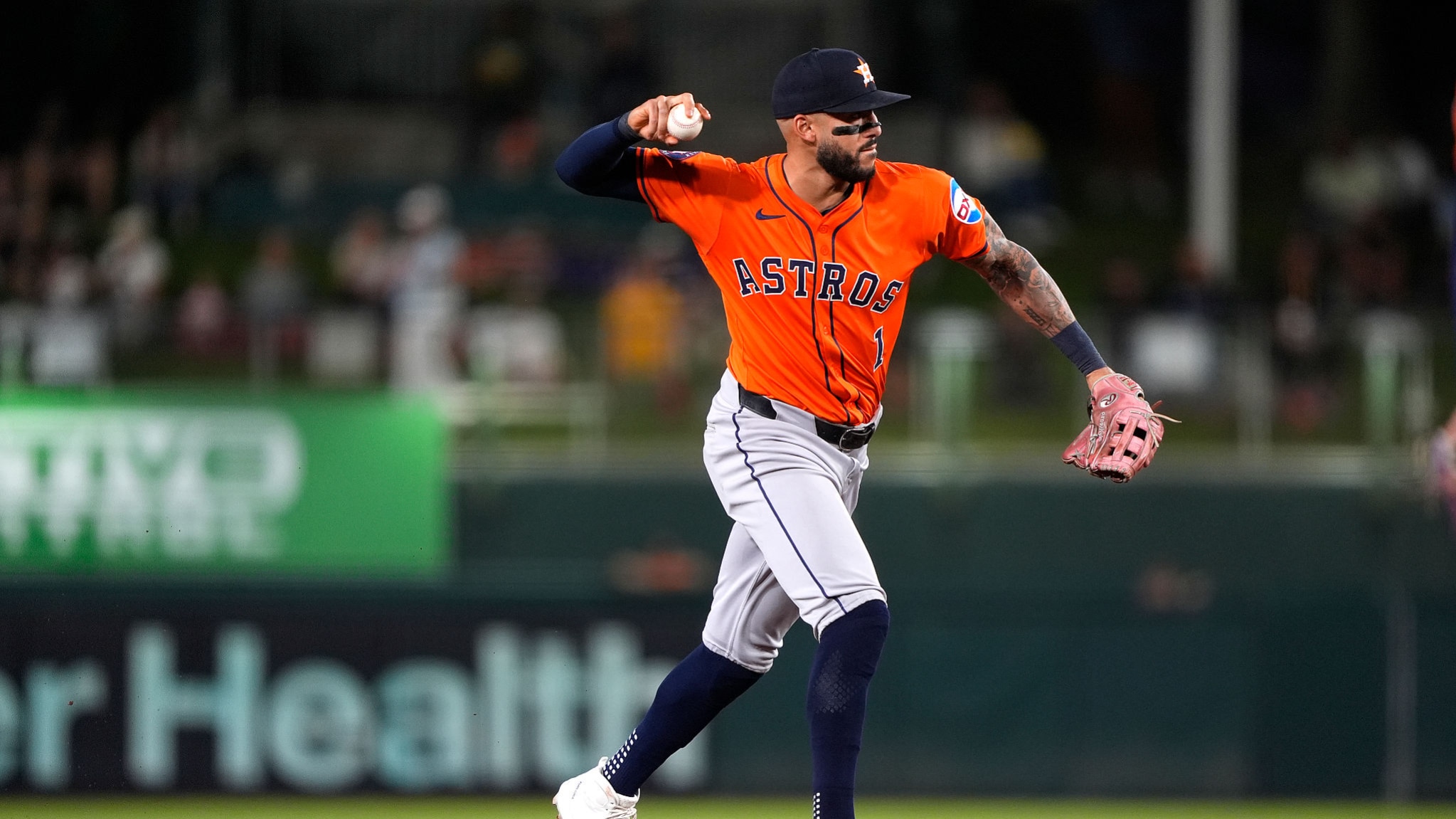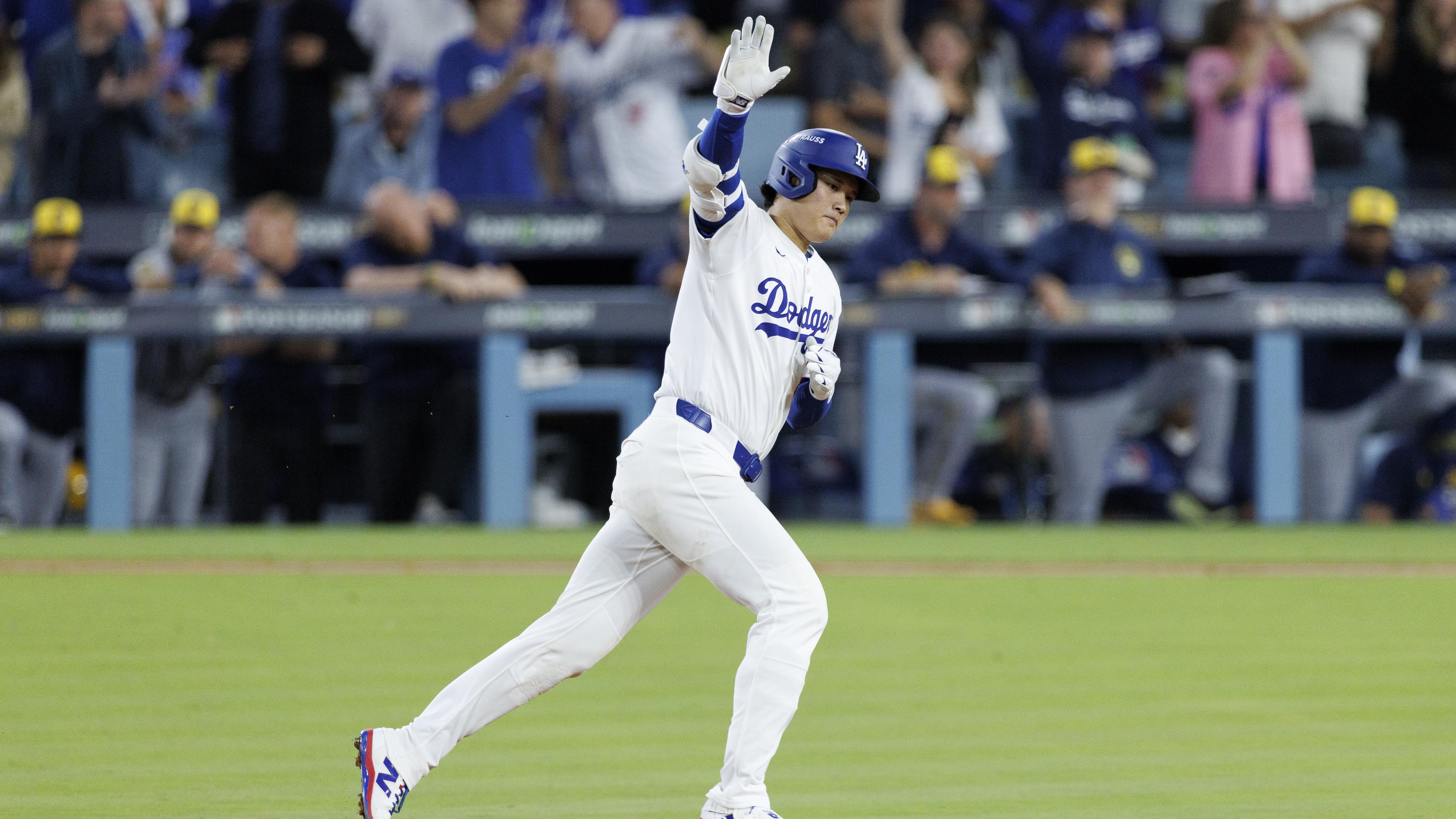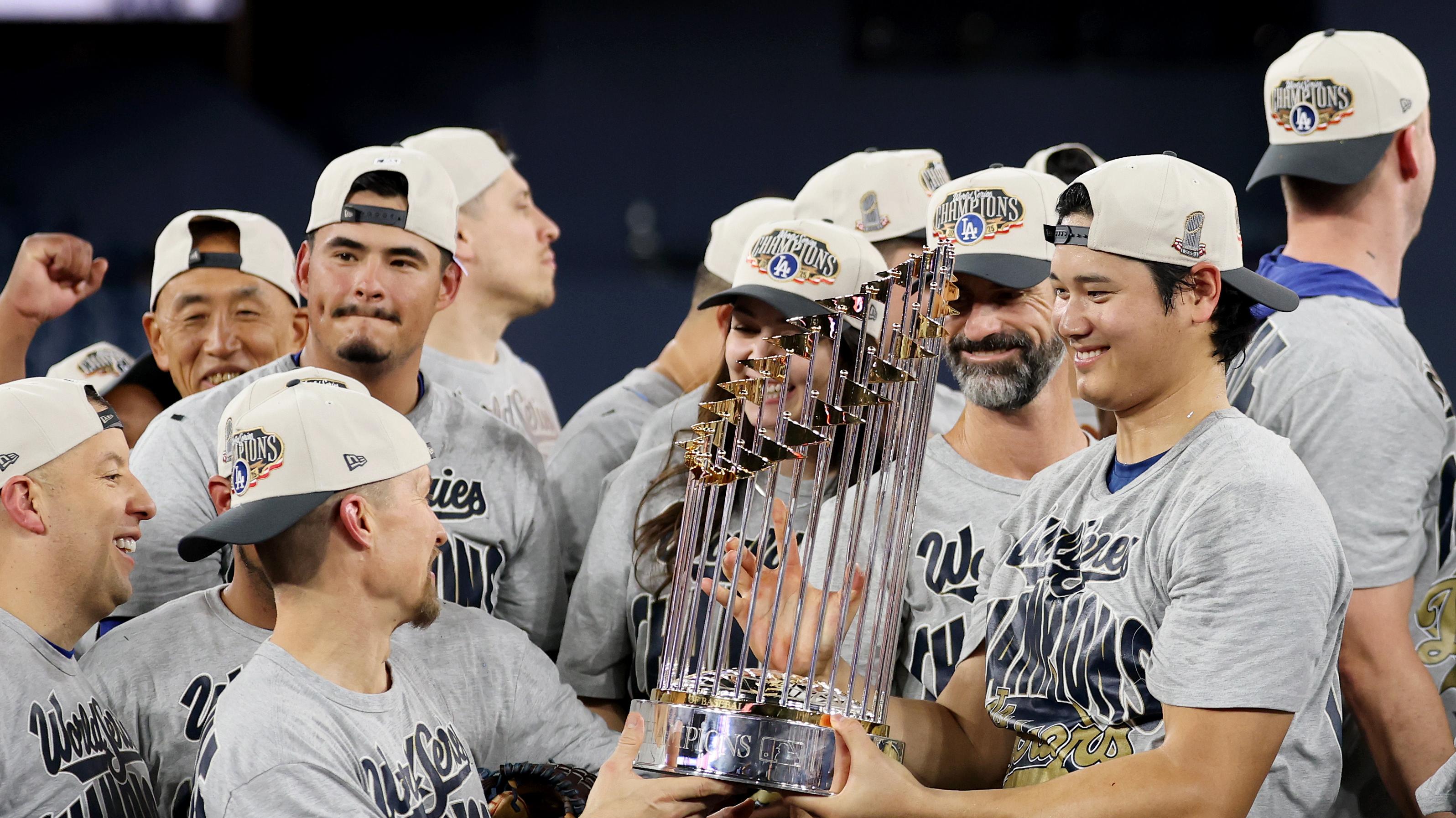Featured Video
Dodgers First Repeat Winners in 25 Years 💍
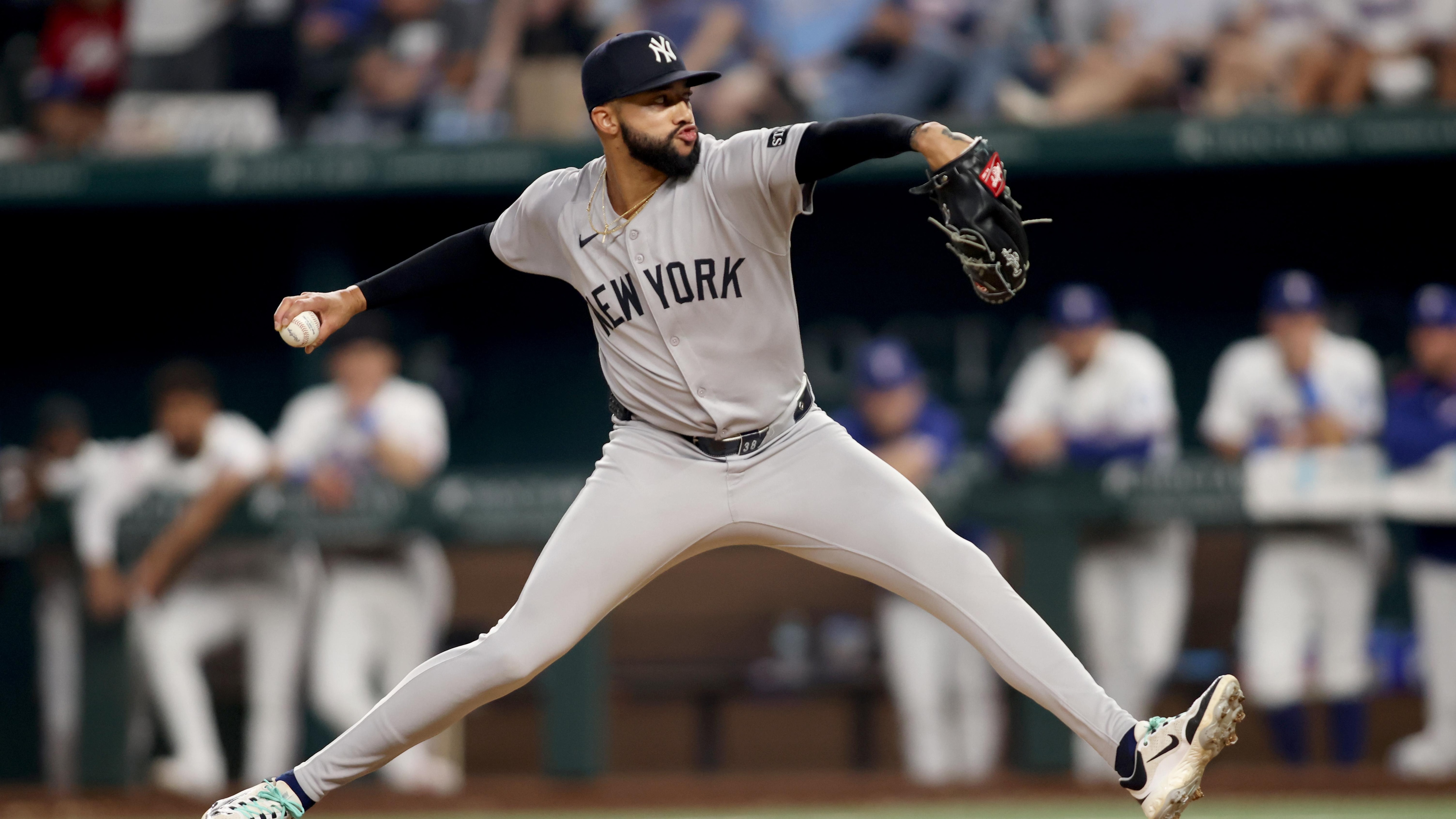
1 Trade Each MLB Team Wishes It Could Make Right Now
Major League Baseball's 2025 trade deadline is long gone. The waiver deadline has also passed and 40-man rosters around the league are just about set in stone as we sprint to the finish line.
What if the rosters could change, though?
What if there was another trade deadline looming, where contenders could try to address their possibly fatal flaw(s) while the other half of the league got another chance to add to its farm system?
In that entirely hypothetical scenario, we've put together a guess at what each team would try to add—without wasting anyone's time in putting together actual trade packages.
For the teams with at least some plausible hope of reaching the postseason, we're identifying the weakest links they'd love to address before October begins.
For everyone else, it's more of a "What's at the top of the offseason wish list?" exercise, as teams either reload or embrace a rebuild.
Teams are presented in alphabetical order. Statistics current through the start of play on Sept. 17, unless otherwise noted.
Arizona Diamondbacks: First Base
1 of 30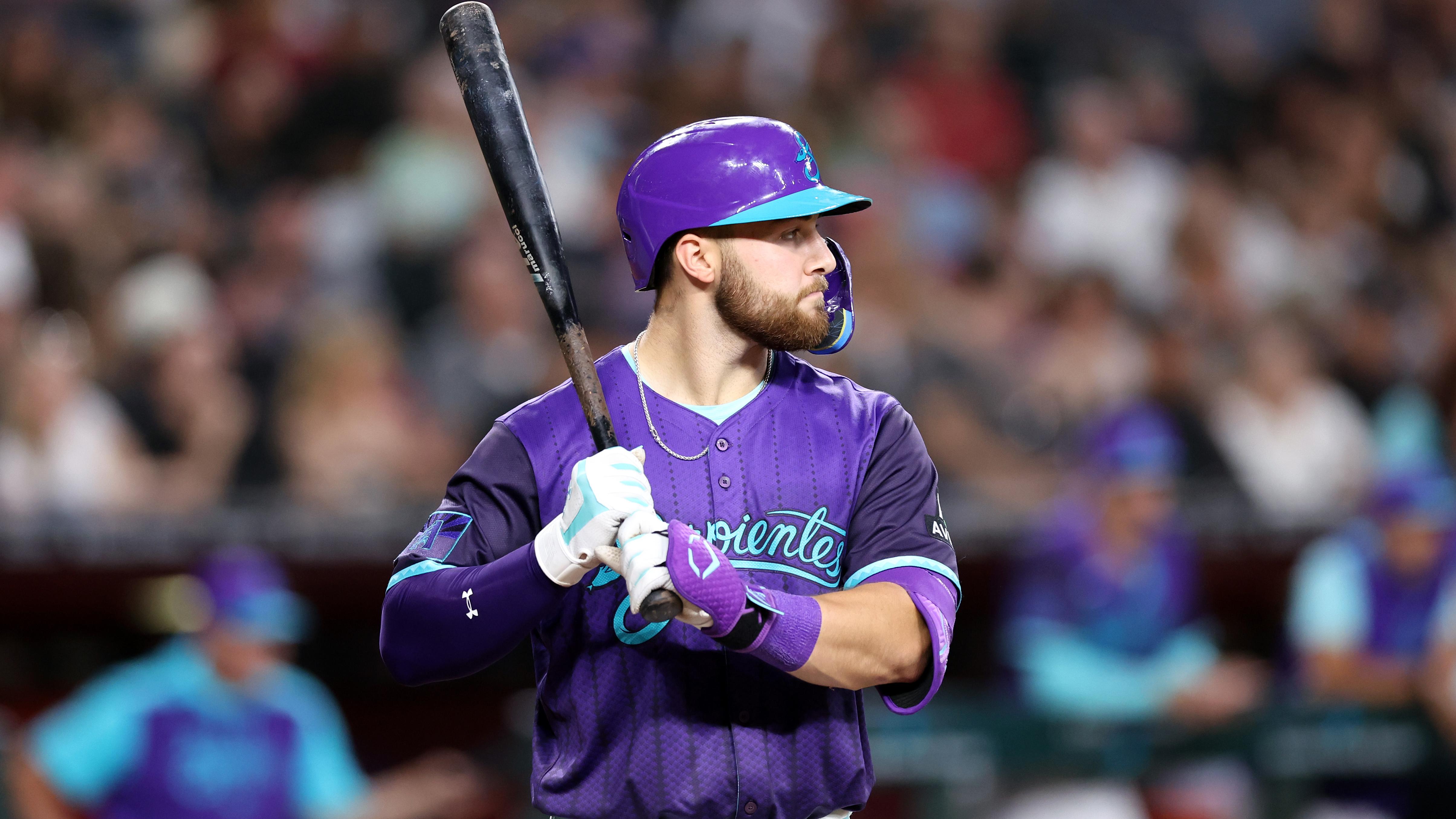
Despite unloading all of Eugenio Suárez, Josh Naylor, Merrill Kelly, Shelby Miller and Randal Grichuk ahead of the trade deadline, the Arizona Diamondbacks have gone 26-16 in their last 42 games, gaining 9.5 games on the New York Mets for what is now just a 1.5-game deficit.
How very "2024 Detroit Tigers" of the Snakes, but they do still have some peccadillos, the biggest of which is their first base situation since shipping Naylor to Seattle.
They've gone from Tristin English to Tyler Locklear to Pavin Smith to what is now a timeshare between Tim Tawa and Ildemaro Vargas. None of it has stuck to the wall, and they surely would've held onto Naylor if they had any inkling that this revival was forthcoming.
An actual closer would be swell here, too, as Arizona has had nine relievers combine for 13 saves and 11 blown saves over the past six weeks. Heck they'd be comfortably ahead of the Mets right now if they hadn't blown a save in eight of those 16 losses.
Athletics: Second Base or Third Base
2 of 30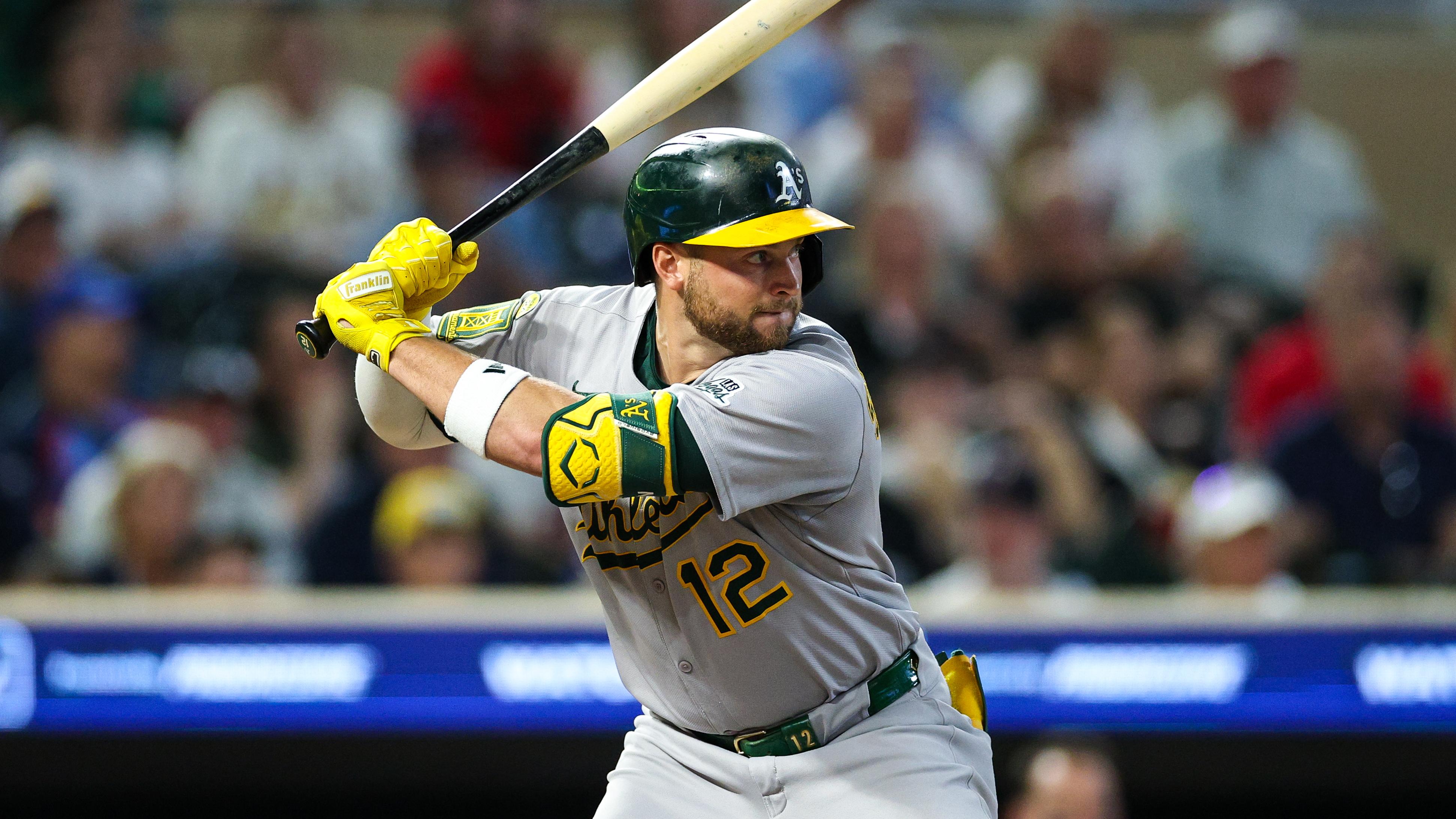
For at least the remainder of their time playing at Sutter Health Park, the Athletics' clearest path back to the postseason is to simply out-slug the competition, like the Colorado Rockies of yore.
At a bunch of positions, they're well-equipped to do just that, averaging more home runs per game dating back to June 12 than all teams except for the Yankees; outslugging (.457) everyone except for the Phillies (.459).
But while Nick Kurtz, Shea Langeliers and Co. have done a ton of heavy lifting, second base and third base are the clear weak links in that chain, where the combination of Luis Urías, "the other" Max Muncy, Max Schuemann, Gio Urshela and Zack Gelof has provided little to no pop.
Could you imagine if the A's went out and signed free agents Gleyber Torres and Eugenio Suárez this winter, though? Sure would be a fun way to build upon what has been a 45-36 record over their last 81 games.
Atlanta Braves: Power Bat with Multiple Years of Control
3 of 30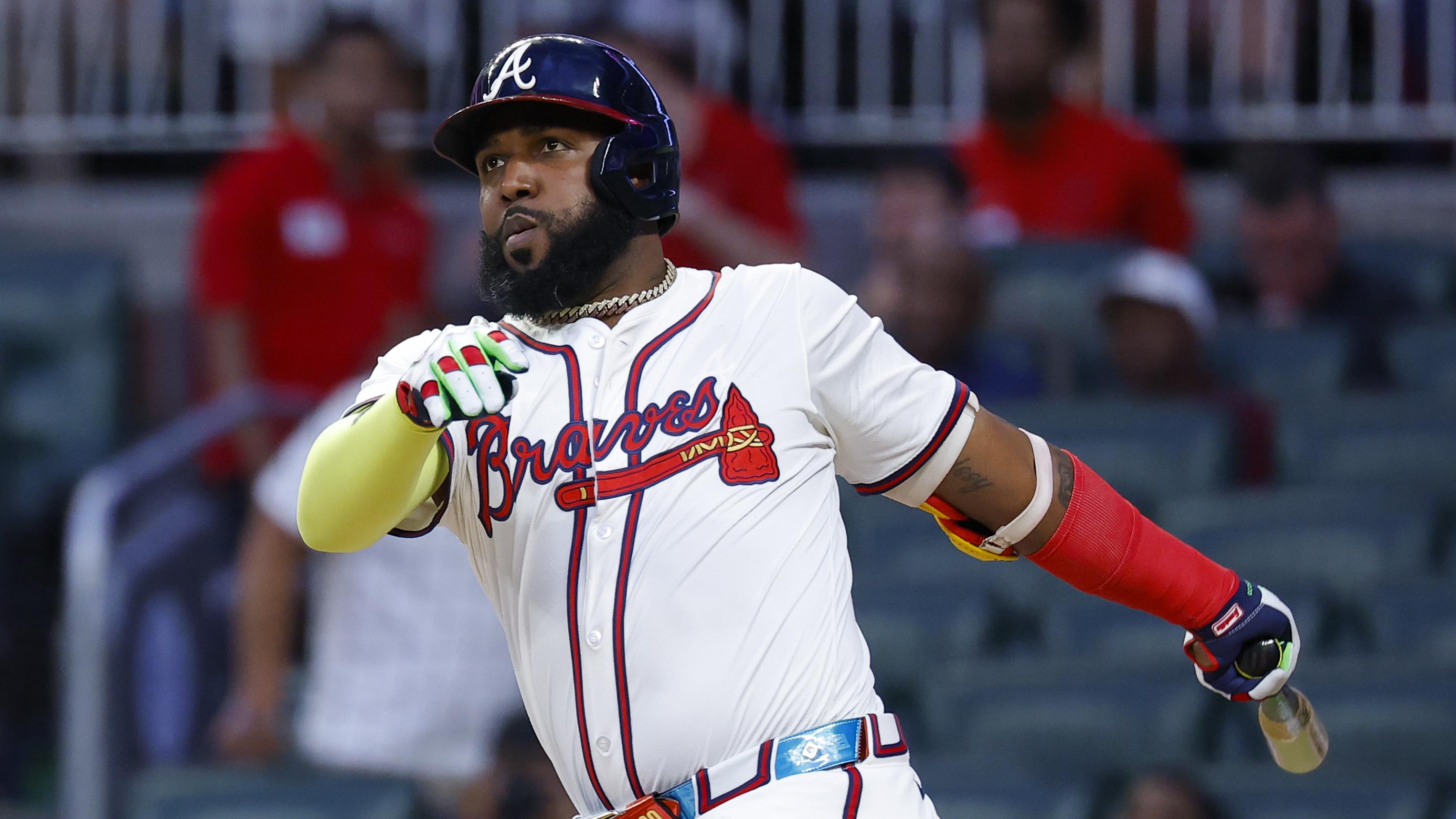
Over the past three seasons, Marcell Ozuna has hit 99 home runs as Atlanta's designated hitter. The current campaign was nowhere near his best, and yet he's second on the team in the home run department before hitting free agency this winter.
Then there's the shortstop situation, where the Braves had not produced a single home run until recently acquired Ha-Seong Kim got them on the board in early September.
Even assuming Kim exercises his $16M player option for 2026, he never has been much of a slugger, with a career OPS+ of 98. Granted, that's a whole heck of a lot better than Nick Allen's career OPS+ of 54, but there's also still room for improvement—with Bo Bichette about to hit the market.
Atlanta could plan on just having Sean Murphy and Drake Baldwin 50/50 split the catcher and DH duties, but it should bring in at least one more power bat, if only to pre-emptively ward off some of the injury bug impact that decimated the team this year.
Baltimore Orioles: Controllable Closer
4 of 30
Félix Bautista was the most dominant closer in baseball for a good chunk of 2023.
But he blew out his arm that August, missed both the 2023 and 2024 postseasons while recovering from Tommy John surgery and suffered another "12 month recovery" injury (torn labrum and rotator cuff) two months ago, which may well cause him to miss the entirety of 2026.
Baltimore should be relevant again next season, though this year's versions of Arizona and Texas are fantastic examples of how quickly things can go off the rails when you don't have a reliable closer.
Fortunately for the O's, they're couldn't ask for a better winter to need a closer, with Robert Suarez, Edwin Díaz, Devin Williams, Raisel Iglesias, Kenley Jansen and quite a few others with ample ninth inning experience headed for free agency.
Boston Red Sox: Fourth Starting Pitcher
5 of 30
Garrett Crochet, Brayan Bello and Lucas Giolito have been stout atop this rotation. Dating back to June 10, they have made a combined total of 50 appearances, going 28-10 with 35 quality starts and a 2.69 ERA—Boston winning 36 of those 50 games.
When no one from that trio pitches, though, the Red Sox have gone 14-19 during that window, churning through former Dodgers Walker Buehler and Dustin May before recently pulling out all the stops and rolling with 22-year-old Payton Tolle and 23-year-old Connelly Early, each making their MLB debut within the past three weeks.
Boston should be able to hang onto a playoff spot with what it has, but it will need a fourth starter at some point if it makes any sort of prolonged run in October—possibly even in Game 1 of the ALDS, if the Red Sox have to use up their Big Three to survive the wild card round. Early's first two starts have been great, but is he the answer?
Chicago Cubs: Closer
6 of 30
The trade the Cubs would actually love to make is swapping this entire offense for what it used to be in the first two months of the season, back when Pete Crow-Armstrong and Kyle Tucker were NL MVP candidates, while Seiya Suzuki, Michael Busch and Carson Kelly were unassuming gems thriving in the supporting cast.
However, with closer Daniel Palencia out indefinitely with a shoulder strain, getting that ninth inning locked down might be an even more pressing need.
Trade deadline pickup Andrew Kittredge has saved five games for Chicago, allowing just two earned runs across his last 17 appearances. Yet, they've been reluctant to hand him the reins, using him in the seventh inning on Tuesday while Brad Keller tallied his second save in as many days.
If only Ryan Pressly had panned out, or they hadn't shattered Porter Hodge's confidence by trading for Pressly kind of late in the offseason.
Chicago White Sox: Rotational Fixtures
7 of 30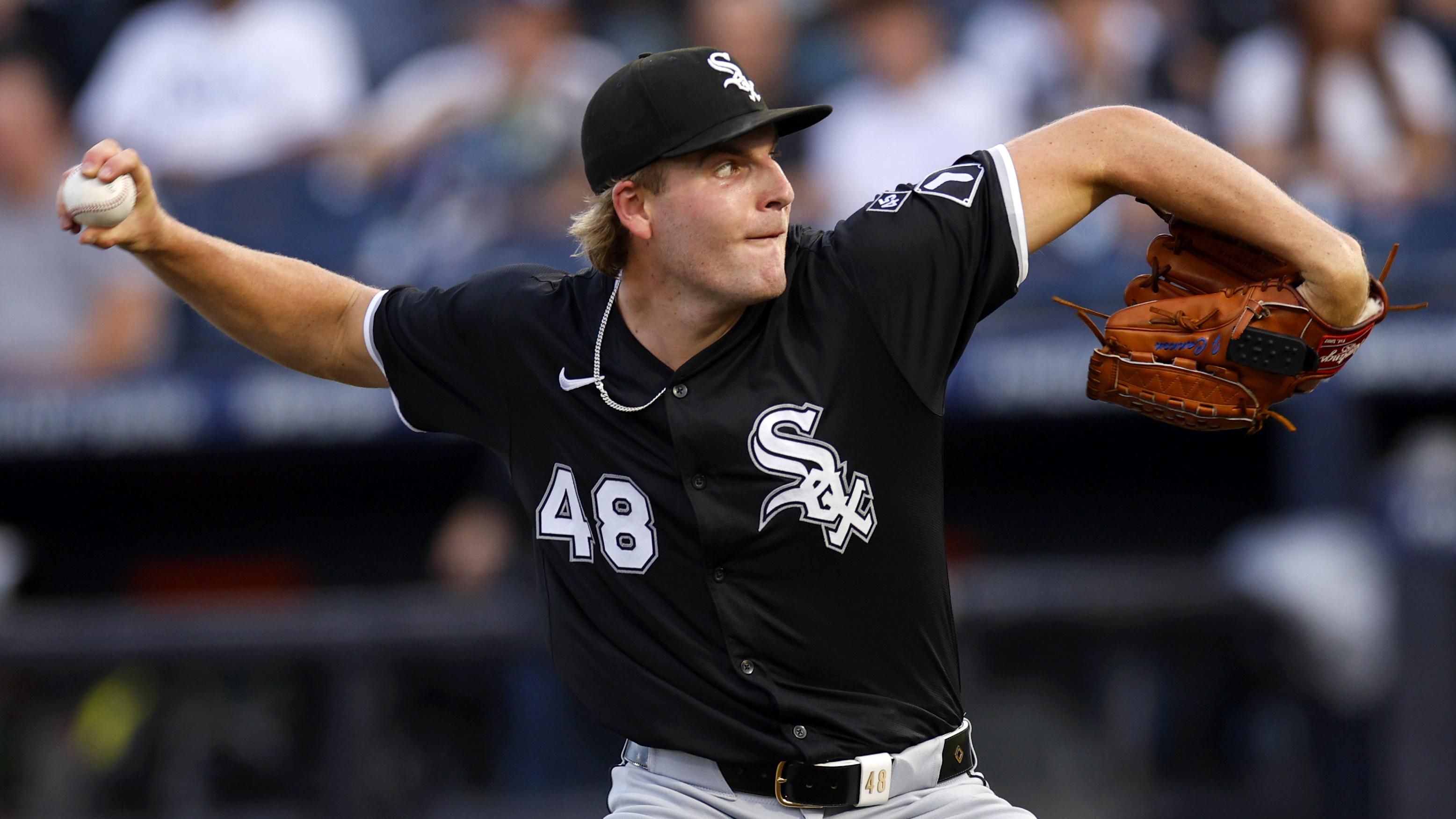
At 25-30, the White Sox have been quietly competent since the All-Star Break, with rookies Colson Montgomery, Kyle Teel and Chase Meidroth spearheading an offense averaging just under five runs per game.
Not much worth getting excited about on the starting pitcher front, though.
Shane Smith has bounced back from a tough run through June and July, but no one presently within the White Sox organization with at least three games started at the MLB level this season has a FIP below 4.00. Opening Day starter Sean Burke and Game 2 starter Jonathan Cannon are both have a FIP north of 5.00 and perhaps won't even be in the mix for those top-of-the-rotation spots in the spring.
The silver lining is prospects and former first-round picks Noah Schultz and Hagen Smith. Both southpaws turned 22 last month and could be starting in the majors by next season. But making at least one more Martín Pérez type of acquisition this offseason is a must if they wish to begin digging out of this rebuilding hole.
Cincinnati Reds: Someone Who Can Hit
8 of 30
On the mound, the Reds have been exceptional. The starting quartet of Andrew Abbott, Hunter Greene, Nick Lodolo and Brady Singer might be the best in all of baseball, and the set-up/closer tandem of Tony Santillan and Emilio Pagán has been more of a force than anyone would have guessed in the preseason.
But the Reds are inexplicably one of the only teams that hasn't had at least one player hit 20 home runs, squandering that great pitching with mediocre offense.
Matt McLain is barely a shell of what he was as a rookie two years ago. The Gavin Lux acquisition amounted to a whole lot of nothing. Santiago Espinal was so underwhelming at the plate that trading for Ke'Bryan Hayes' career .676 OPS was a considerable upgrade. And though both Jeimer Candelario and Christian Encarnacion-Strand have been out of the mix for a while, that Opening Day 1B/3B pairing had a combined OPS in 2025 of barely .500.
Even Elly De La Cruz has come down with the sickness with just one home run in his last 72 games—an inexplicable prolonged power outage on par with the way Corbin Carroll started out last season in Arizona.
Cleveland Guardians: Outfielders Worth Playing
9 of 30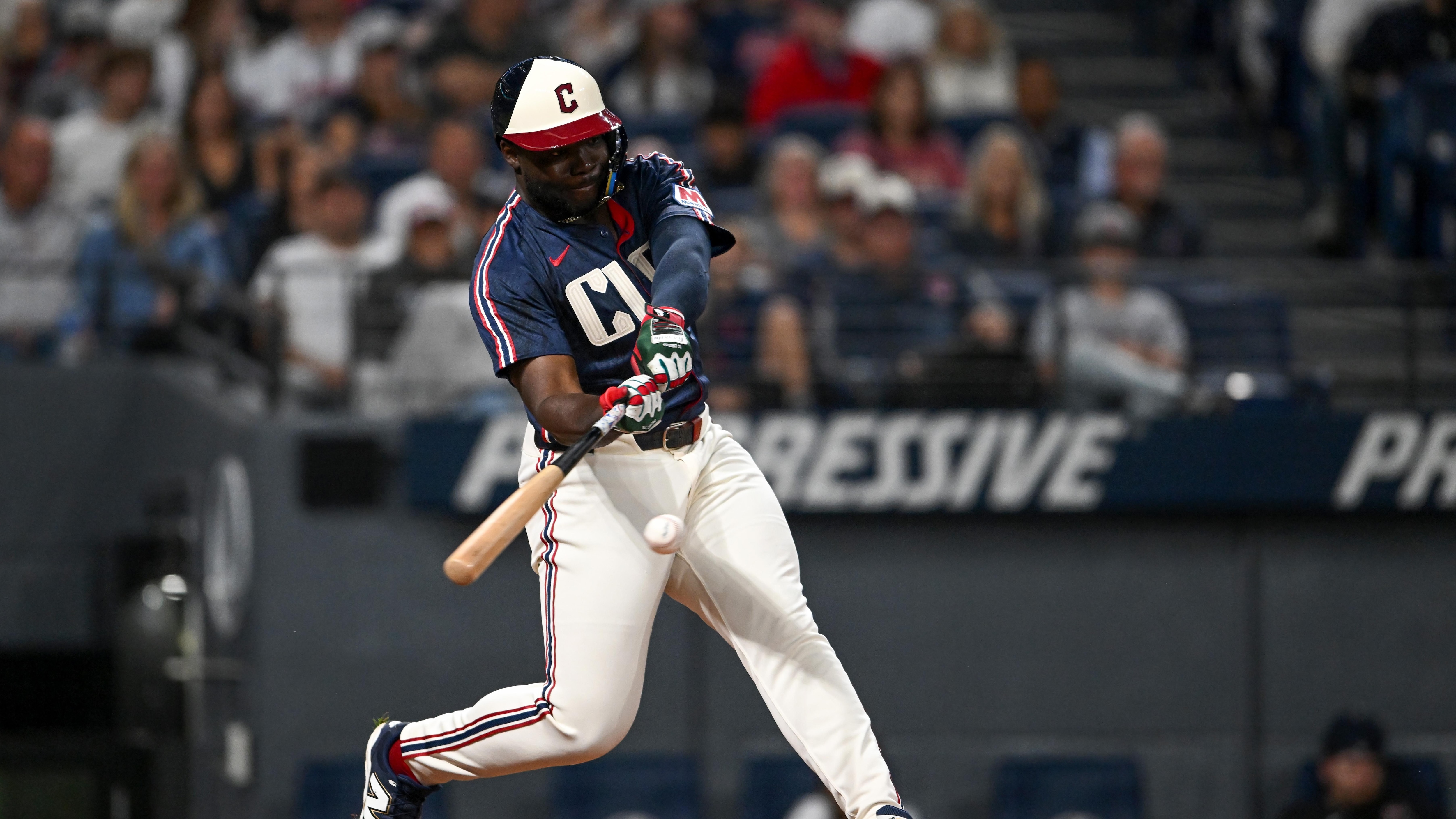
Both in their quest to finish off this unlikely surge into the postseason picture and for their long-term outlook, the Guardians are in desperate need of outfielders.
They do have a darn good one in Steven Kwan, but take his 2.7 fWAR out of the equation—as they may or may not do this offseason via the trade block—and the rest of Cleveland's "as outfield" roster has been worth a minus-3.2 fWAR, nary one player providing wins above replacement in a unit collectively batting .199.
"Lane Train" Lane Thomas and "Big Christmas" Jhonkensy Noel both played massive roles in Cleveland's run to the 2024 ALCS, but neither one has amounted to anything this year. C.J. Kayfus could be a solid long-term solution in right field, though he has thus far in the majors posted a .606 OPS when playing the outfield, compared to a .908 mark when manning first base.
Colorado Rockies: A Neuralyzer from Men in Black
10 of 30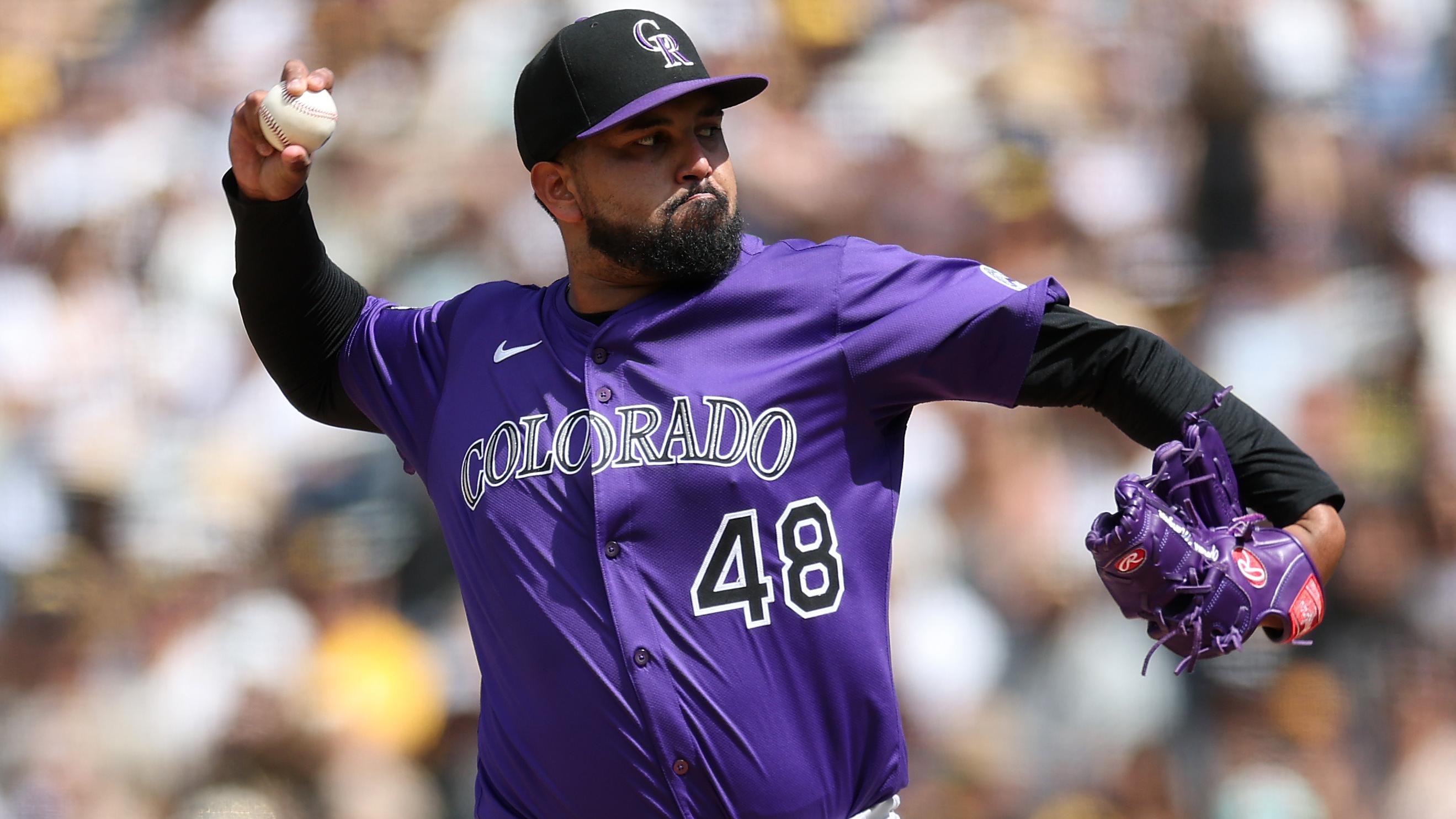
Even if the Rockies lose all their remaining games, the worst they can do is tie last year's White Sox for the most losses in a single season since 1900.
That's honestly a little impressive after they opened the year 9-50, allowing almost twice as many runs as they scored.
The Rockies are definitely going to set dubious modern-day history in the run differential department, though. At minus-398 heading into play on Wednesday, they could win each of their remaining games by a four-run margin and still end up worse than the 1932 Boston Red Sox, who set that record with a mark of minus-349.
Only the Pittsburgh Pirates have scored fewer runs than Colorado, which has allowed 128 more runs than the next-worst pitching staff.
No trade is going to fix this mess, and it would probably be in their best interest to just punt on the next three years in the hopes of cobbling something competent together by the time Kris Bryant's contract mercifully expires.
Detroit Tigers: Starting Pitching
11 of 30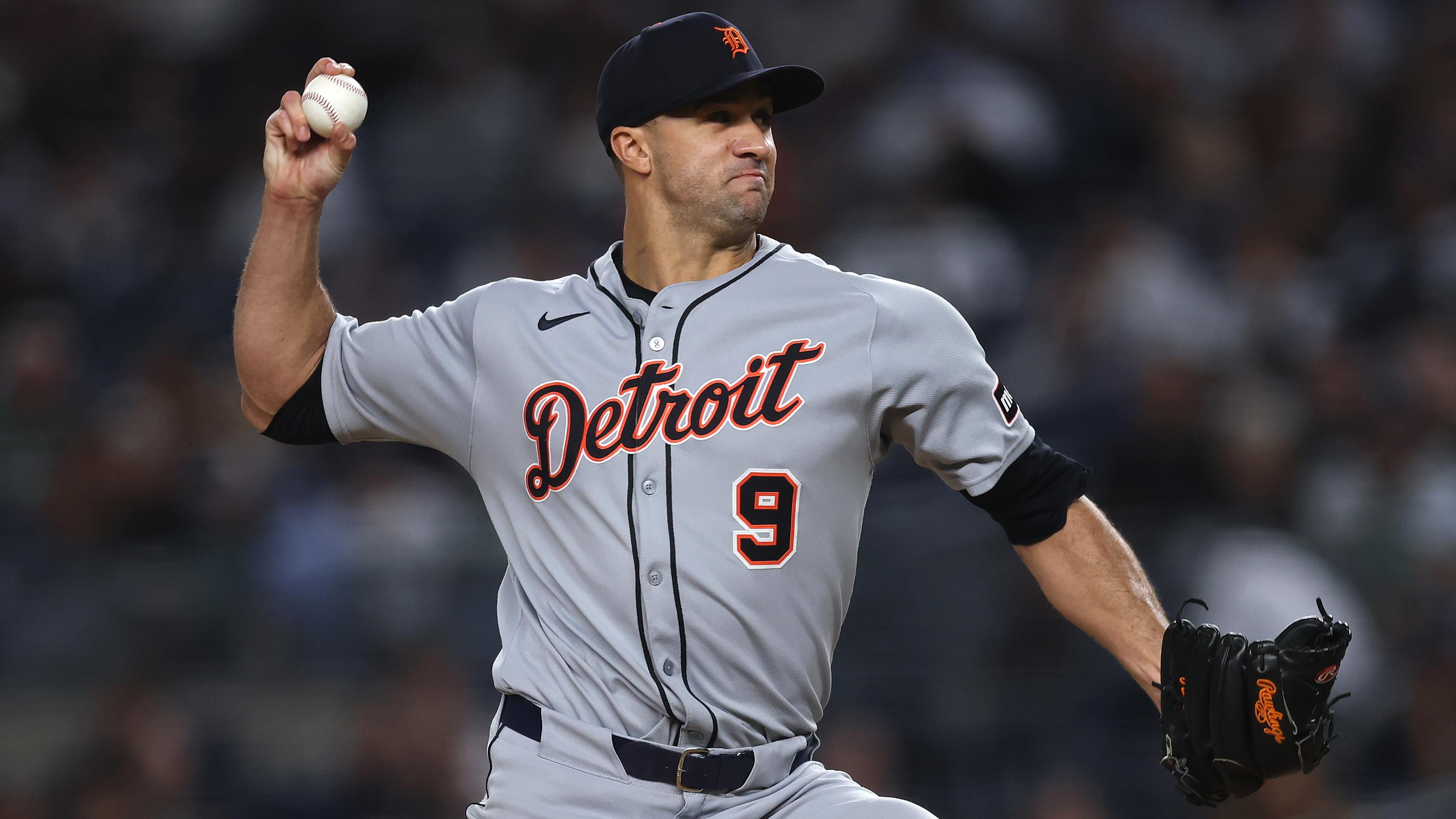
Heading into the trade deadline, the Tigers clearly realized that their starting rotation beyond Tarik Skubal needed to be improved.
Unfortunately, the acquisitions of Charlie Morton and Chris Paddack merely exacerbated the problem with a combined ERA of 6.21 since landing in Detroit.
The Tigers have gone 9-20 in Jack Flaherty's 29 starts, but he and his 4.69 ERA will probably be taking the mound in Game 2 of Detroit's postseason—which might even come in the wild card round with the way this ship has been taking on water over the past 10 weeks.
And though Reese Olson has logged just 20 innings in the past four months due to a shoulder injury, he just might make it back in time for the postseason and get thrown into the fire as a Game 3 or Game 4 starter, due to their lack of other/better options.
Houston Astros: Offense at a Position of Their Choosing
12 of 30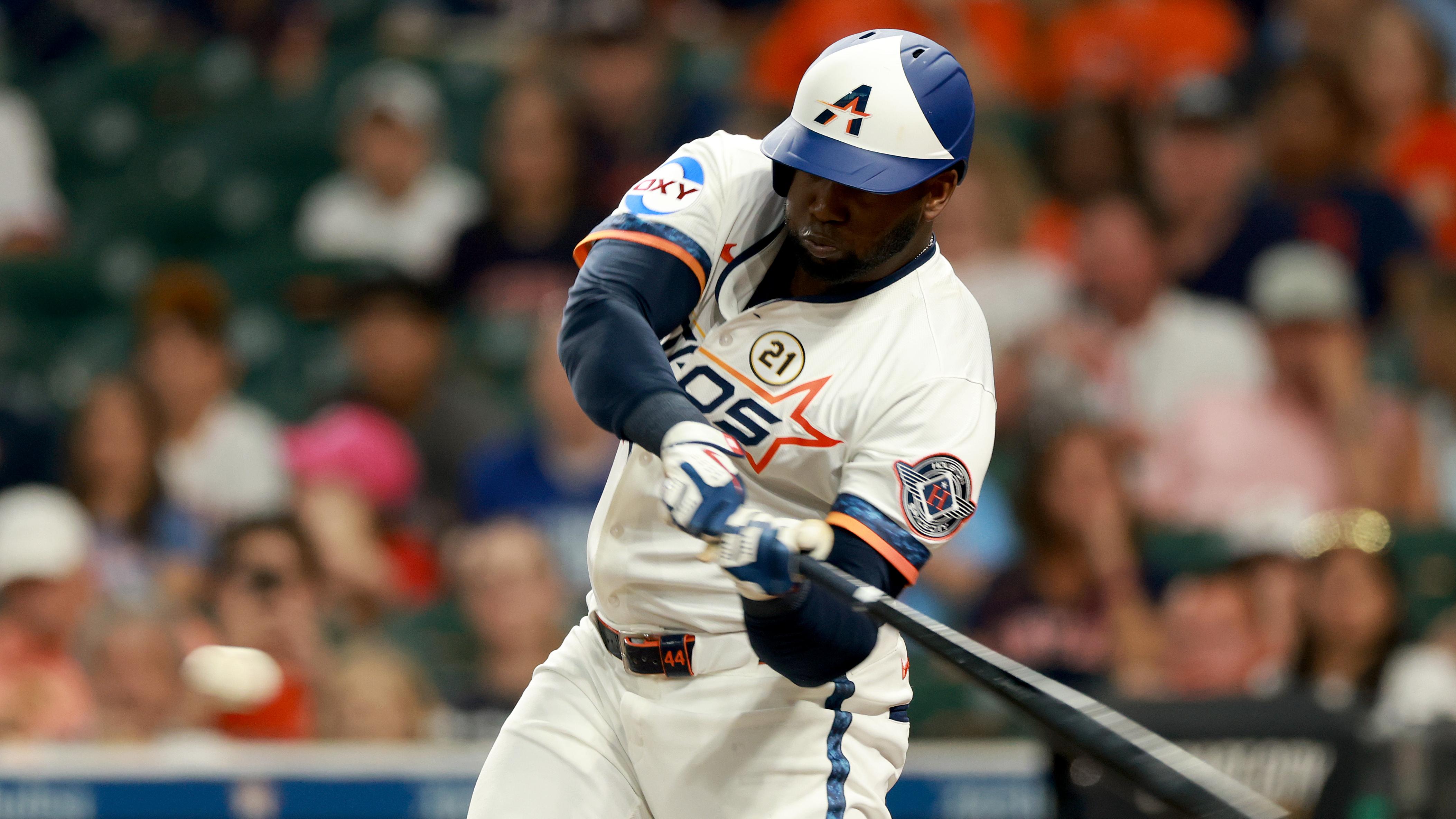
Houston is one of six American League teams currently projected to reach the postseason. At the start of play on Tuesday, each of the other five had scored at least 705 runs, while the Astros were down at 641, barely outscoring the already eliminated Angels (640), Twins (640) and Nationals (639).
Things had been looking up since Yordan Alvarez's return in late August, but he suffered an ugly-looking ankle injury on Monday, which could send Houston right back to square one as the least potent offense among October-bound teams.
Alvarez's 1.031 OPS in his 19 games back was somewhat hiding the fact that Jose Altuve, Cam Smith, Mauricio Dubón and Ramón Urías have all been batting well below .200 over the past four weeks, creating holes all over the lineup. If that continues and Alvarez is out/limited two weeks from now, Houston getting swept out of the wild card round for a second straight year is a strong possibility.
Kansas City Royals: Outfielders
13 of 30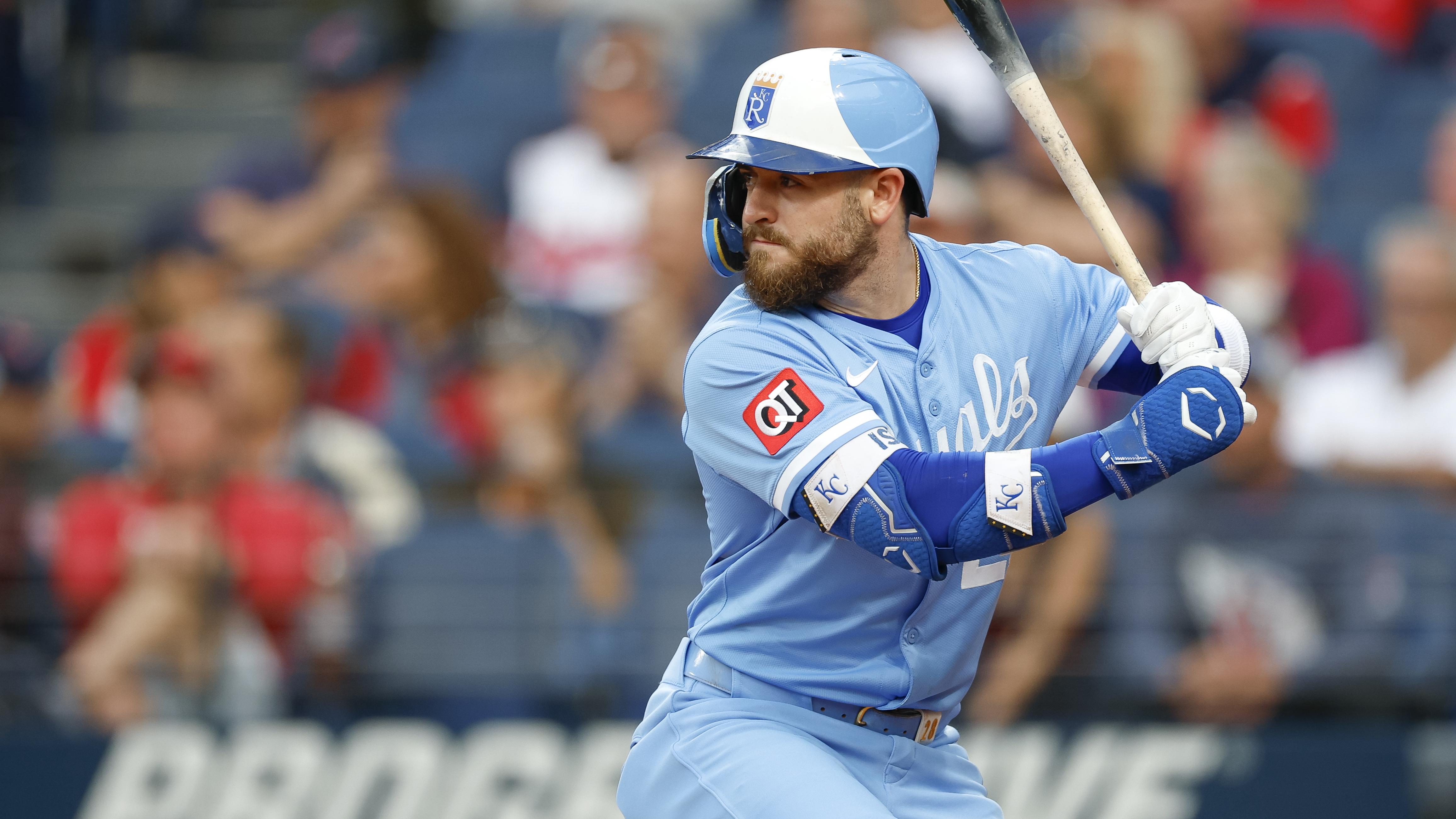
Kansas City's outfield situation has at least been better since adding rentals Mike Yastrzemski and Adam Frazier ahead of the trade deadline. However, the Royals still have the lowest scoring offense in the American League, they're still going to miss the playoffs and those two free-agents-to-be will be out of the picture in a couple of weeks.
The hope is that Jac Caglianone's second season in the big leagues will go a whole lot better than his first. If the No. 6 overall pick in last year's draft can tap into the 1.025 OPS that he posted in the minors this season, what a game changer that would be in right field.
But primary center fielder Kyle Isbel pretty much only provides value on defense, on his way to a fourth consecutive season with an OPS of .662 or worse. And left field is a colossal question mark where 10 different players have appeared in at least 10 games this season with nothing sticking. The Royals need to do more than just bank on a Caglianone breakout in order to give Bobby Witt Jr., Maikel Garcia and this pitching staff the support it deserves.
Los Angeles Angels: On-Base Percentage
14 of 30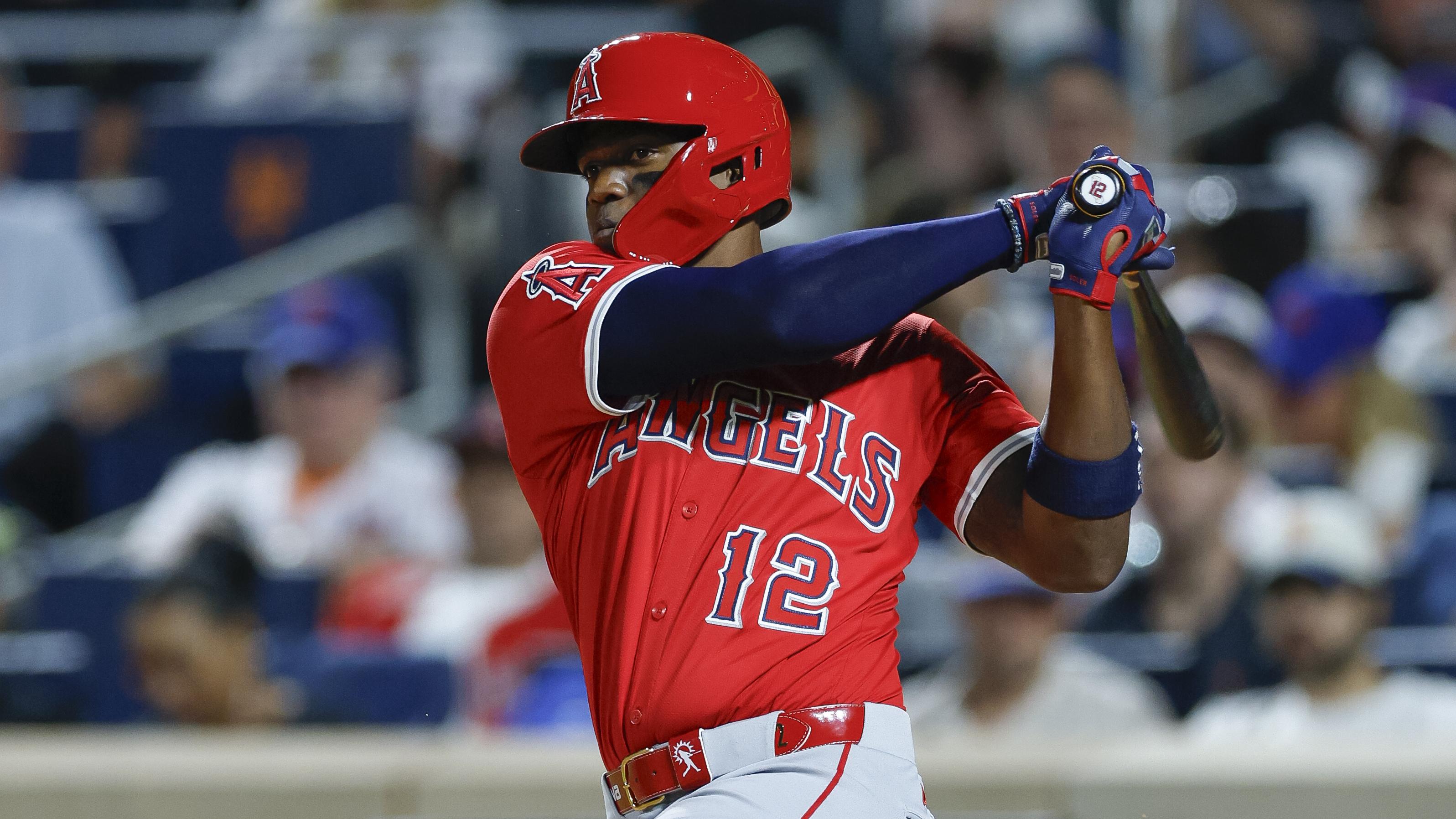
Despite ranking fifth in the majors with 209 home runs hit, the Angels are 25th in total runs scored at 641, thanks predominantly to a .301 on-base percentage that nearly ranks dead last.
Mike Trout (.360) and Nolan Schanuel (.355) have more than held their own in OBP, but way too many of Los Angeles' regulars are sitting below .300.
And, well, that's how you mash your way to a 10th consecutive losing season and an extension of the sport's longest active postseason drought.
Poor pitching didn't help, of course, the Angels allowing more runs than any other American League team this season. But much like the Diamondbacks, the Halos homered enough that they ought to have been able to overcome the poor pitching well enough to at least flirt with a winning record.
Alas, leading the majors in plate appearances with the bases empty rendered a lot of those dingers fruitless. Going out and grabbing base-reaching free agents like Gleyber Torres, Marcell Ozuna and Luis Arraez is a must this winter.
Los Angeles Dodgers: Closer
15 of 30
Despite already having Evan Phillips, Michael Kopech and Alex Vesia returning after a combined 33 saves in 2024, the Dodgers invested heavily in veteran closers this offseason, giving Kirby Yates a one-year, $13M deal, Blake Treinen a two-year, $22M deal and Tanner Scott a four-year, $72M contract.
And for their trouble, all they've gotten is trouble.
Though they do have a combined 26 saves, that trio also has a combined ERA of 4.92 with 13 blown saves, 12 losses and at least one month on the IL apiece.
As an entire team, the Dodgers have four saves and eight blown saves dating back to August 4. And that doesn't even include Tuesday night's catastrophe, in which it took Justin Wrobleski just six batters to completely squander Shohei Ohtani's five no-hit innings, blowing a 4-0 lead while technically not blowing a save because he didn't enter in a save situation. By the end of the night, Treinen had suffered his fourth loss in five appearances.
The Dodgers haven't felt like a World Series favorite in quite some time now, but it also feels like just about any deficit is erasable against them these days.
Miami Marlins: Corner Infielders
16 of 30
Miami's starting rotation for next season could be a force, now that Sandy Alcantara is all the way back to his old self while other key cogs (Eury Pérez and Ryan Weathers, in particular) have also gotten healthy. The 1-2 punch of Kyle Stowers and Jakob Marsee in the outfield could be special for years to come, too.
At both first base and third base, though, the Marlins are a mess with no end in sight.
Eight Marlins appeared in at least 10 games at one of the corner infield spots this season, none of whom has been worth so much as 1.0 career bWAR. And the only 1B or 3B in the top 30 of their pipeline is Deyvison De Los Santos, who has taken a huge step backward from 40 home runs and a .914 OPS in 137 games played in 2024 to just 12 home runs and a .672 OPS in 110 games played in 2025.
Are they close enough to contending to go out and make a considerable splash at either position this winter? Or are they still reeling from investing in Josh Bell and Jake Burger two summers ago?
Milwaukee Brewers: Shortstop
17 of 30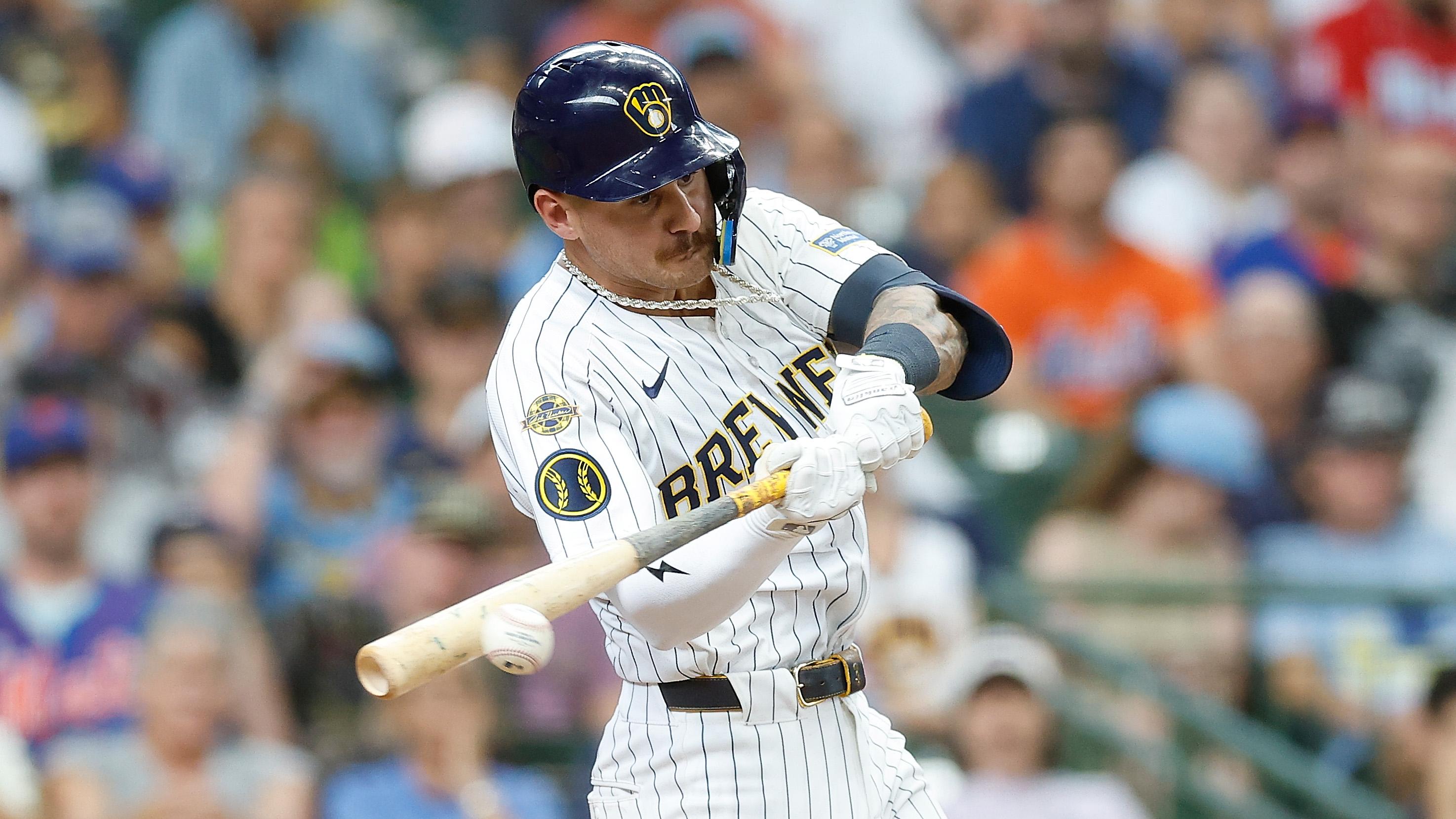
For Joey Ortiz, it has been a tale of three seasons.
During Milwaukee's 24-26 start, he was batting .170 with a putrid .441 OPS. Not only was it awful compared to his .726 mark from last year, but it was a travesty compared to the 32 home runs the Brewers got out of shortstop Willy Adames in 2024.
While Milwaukee went 54-18 over the next three months, however, Ortiz was back to his old self, batting .273 with a .730 OPS. That isn't to say he was the reason the Brewers turned things around, but he was at least no longer the singular scapegoat for their offensive woes.
But as the Brewers have gone a pedestrian 14-15 over the past month, Ortiz has vanished once again. Not only did he miss 10 games with a hamstring injury, but he's both hitting and slugging .189 dating back to August 17. He hasn't homered since July 19, and he hasn't even managed an extra base hit in his last 22 games played.
Of course, they don't need to make a trade if Ortiz's struggles continue. Andruw Monasterio hit .389 with six extra base hits while filling in for Ortiz in late August.
Minnesota Twins: Starting Pitching
18 of 30
Since Minnesota's roster overhaul at the trade deadline, 11 pitchers have made at least one start.
The only one with a sub-4.50 ERA is Pablo López, who just recently returned from three months on the IL.
Now, we know darn well Joe Ryan is better than the 4.99 ERA he has been saddled with over the past six-plus weeks, but the hope was that at least one other viable option for the 2026 starting rotation would rise from the proverbial ashes. That hasn't been the case thus far, with deadline acquisitions Mick Abel (24.75 ERA) and Taj Bradley (6.33 ERA) particularly underwhelming in their new home.
If the Twins could find at least one more respectable arm, though, their summer fire sale doesn't need to be the precursor to a lengthy rebuild. López, Ryan and Byron Buxton aren't going anywhere. Walker Jenkins is coming. Luke Keaschall is already a star in the making. But they need to get their teamwide run prevention back up to snuff.
New York Mets: Starting Pitching
19 of 30
Frankie Montas, Griffin Canning and Tylor Megill are done for the year. Sean Manaea has been demoted to the bullpen, while Kodai Senga was demoted to Triple-A. Even David Peterson has been getting roughed up over the past six weeks after a several-month stretch in which it felt like he was the only Met who could be counted upon for occasional quality starts.
Yes, the meteoric rise of Nolan McLean has been a sight to behold every fifth or sixth day for the past month, on par with the arrivals of Paul Skenes and Jacob Misiorowski. Aside from that overnight sensation, though, Mets starting pitching has been a travesty for a while, mostly responsible for this team's freefall from grace.
Even if McLean can replicate what Tarik Skubal did for Detroit last October, would it be enough for the Mets to make any sort of sustained run in the postseason? Or when it matters the most, will Peterson and Clay Holmes rise to the occasion to help them salvage this sinking ship?
Not making any moves ahead of the trade deadline to address the state of this rotation remains a grave mistake.
New York Yankees: Reliable Middle Relief
20 of 30
The Yankees have hit 32 more home runs than the next-best group of sluggers, David Bednar has been the answer to their ninth inning prayers and the starting rotation has been a completely different animal since getting both Luis Gil healthy and Cam Schlittler into the mix.
But navigating the seventh inning has been a season-long nightmare in The Bronx, the Yankees allowing 20 more runs in that inning than any other.
Fernando Cruz, Luke Weaver and Devin Williams have been sharing the set-up roles in close games as of late, but en route to tallying all 11 of the Yankees' holds this month, they've had a combined line of 14.0 IP, 23 H, 22 ER, 12 BB, 21 K.
That's a 14.14 ERA, and it's an October implosion waiting to happen.
Philadelphia Phillies: Healthy Shortstop
21 of 30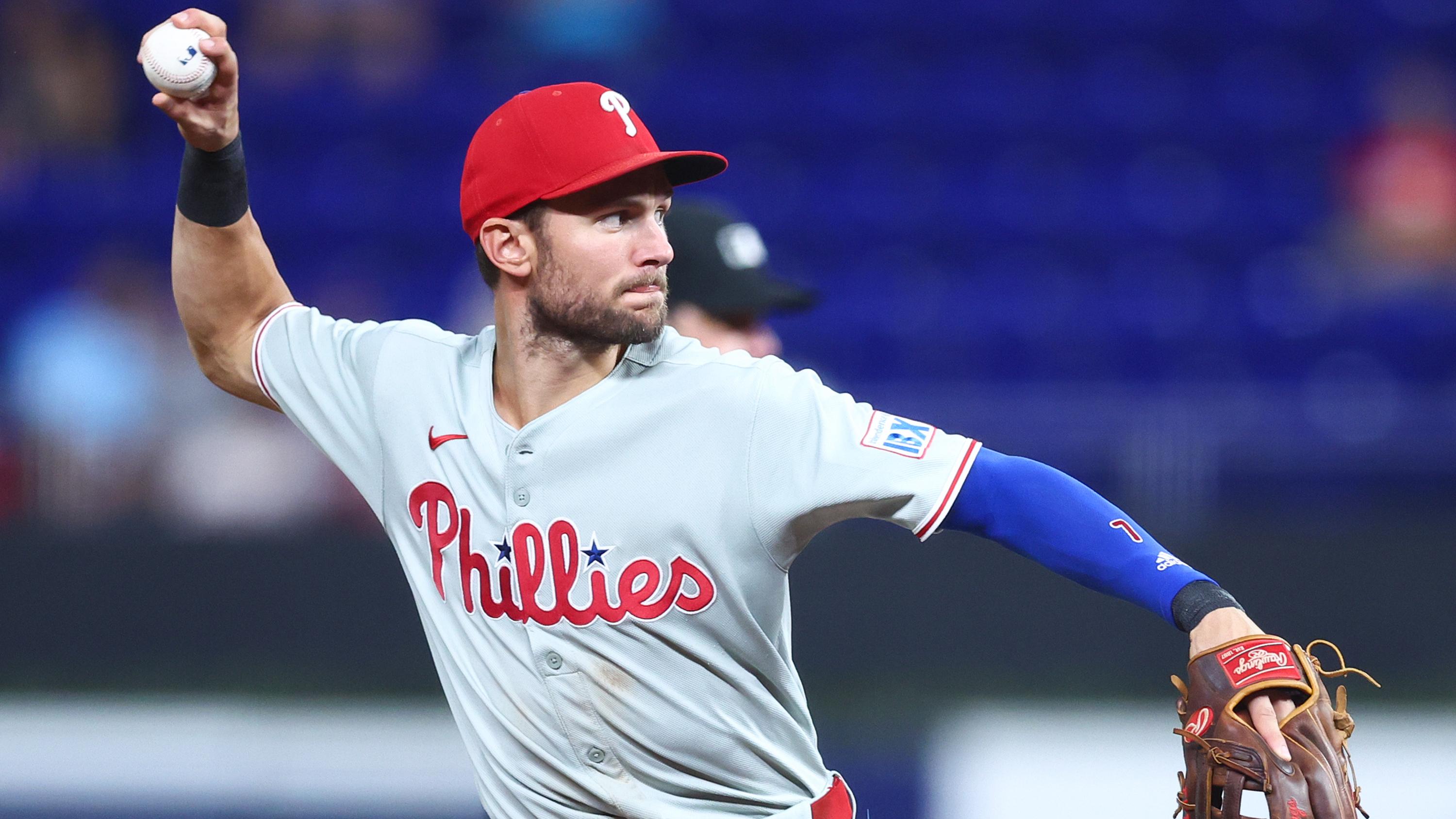
At 21-8 over the past month and surging to Milwaukee's doorstep for the possible No. 1 overall seed in the postseason, it has gotten difficult to nitpick at what the Phillies have built.
The injury bug sure has done a number on them recently, though, especially at shortstop, where Trea Turner might be back by the end of the regular season, and where his backup, Edmundo Sosa, just landed on the IL with a leg injury of his own.
Having already clinched the NL East, all that really matters at this point is getting Turner back, preferably every bit as scorching hot as he was for the month prior to the hamstring injury. If the Phillies were to collapse down the stretch and fall behind the Dodgers to end up with the No. 3 seed, but with the tradeoff being a full-strength Turner returning to the equation for that wild-card series against (probably) the Mets, that's a deal that most fans of brotherly love would take.
Pittsburgh Pirates: Home Runs
22 of 30
While Cal Raleigh and Kyle Schwarber have combined for 109 home runs as the league leaders in that category, the Pittsburgh Pirates have amassed just 107 home runs as an entire team.
Should that remain the case, Pittsburgh would join the 2007 Kansas City Royals—102 home runs while Prince Fielder and Alex Rodriguez combined for 104—as the only team in the past 24 seasons to not hit at least as many home runs as the two league leaders.
Pour one out for Paul Skenes, as the Pirates have hit just two home runs across his last seven starts.
At least Oneil Cruz, Bryan Reynolds and Andrew McCutchen occasionally homer, though none of that trio has even reached 20 this season. Pittsburgh has gotten just 41 home runs and a .630 OPS from its infield, both of which are the worst marks in the majors, by far.
MLB's top prospect Konnor Griffin cannot possibly get to the big leagues soon enough for this woebegone offense.
San Diego Padres: Slugging
23 of 30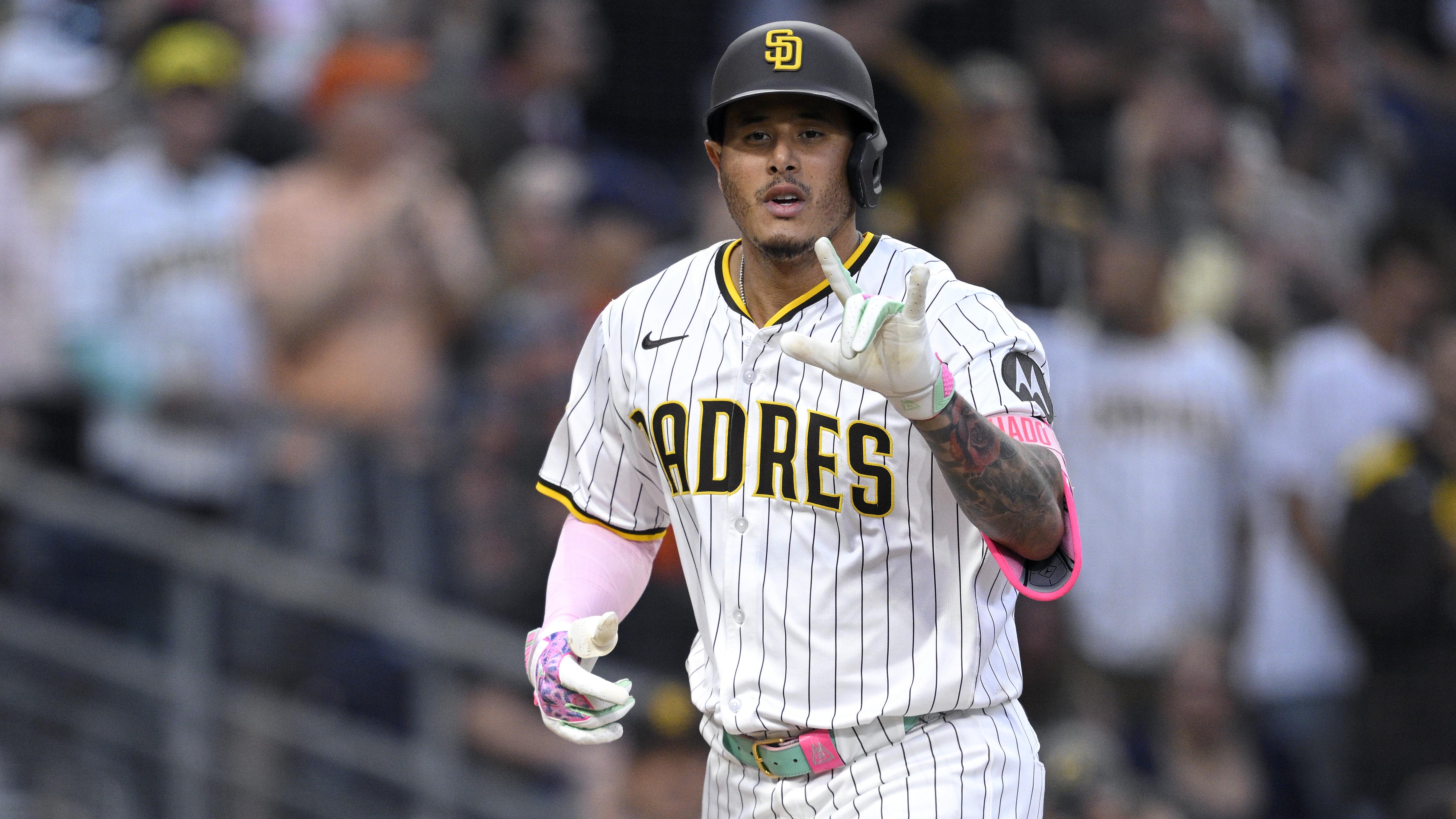
More than anything, the Padres just need key players to flip the script.
Since the trade deadline, Manny Machado is barely hitting .200, three-time reigning batting champ Luis Arraez has a sub-.300 on-base percentage and neither Yu Darvish (5.12 ERA in eight starts) nor Michael King (10.80 ERA in three starts) has looked worthy of a spot in the postseason rotation. They'd probably be running away with the NL West right now if even two of those four things weren't the case.
At least Jackson Merrill's bat has woken back up, though, for a 1.022 OPS in September. And while Ryan O'Hearn has been a bit of a bust for the Padres, Ramón Laureano leads the team in home runs since he was acquired at the trade deadline.
As a result, San Diego is slugging better since the trade deadline (.412 SLG, 1.10 HR/G) than it did leading up to the end of July (.380 SLG, 0.84 HR/G). However, even that improved slugging pales in comparison to what most October-bound teams have managed this season.
Getting one more big bat into the mix would be fantastic.
San Francisco Giants: Bullpen Help
24 of 30
The Giants made things mighty interesting in taking 11 of 12 as August bled into September.
With losses in five of their last six to drop back below .500, though, the jig is probably up, once again looking destined for what would be their eighth non-winning season out of the past nine.
But whether it's for these final 11 days or for the next few seasons, beefing up the relief pitching corps is a must.
They traded away Camilo Doval and Tyler Rogers, then lost Randy Rodríguez to Tommy John surgery less than a month later. Joel Peguero has been a nice addition since making his MLB debut four weeks ago, and Ryan Walker has been serviceable at closer. Still, San Francisco might wind up signing more relief pitchers this winter than any other team.
Seattle Mariners: Second Base
25 of 30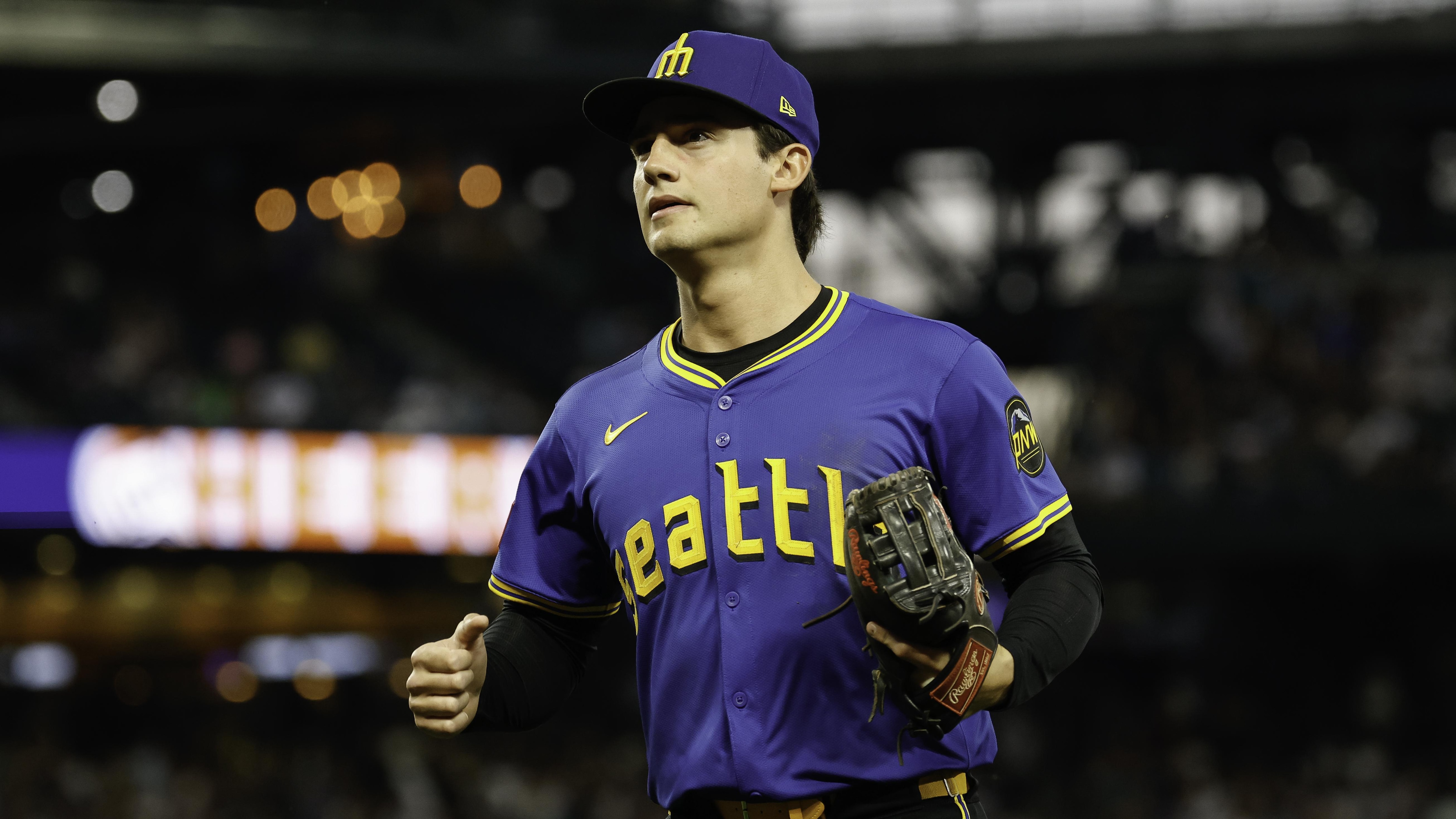
Seattle's long-term hopes for Cole Young are sky high. The Mariners' first-round pick in the 2022 draft made his MLB debut in late May at the age of 21, becoming their primary second baseman for more than three months.
With just a .617 OPS for the year and a 2-for-43 stretch dating back to mid-August, though, Young recently lost that job, Seattle now rolling with Leo Rivas at second base when Jorge Polanco is serving as DH while Polanco starts at second when Cal Raleigh is the designated hitter.
It's likely that Raleigh will start at catcher throughout the postseason, though, meaning it could be an all-he-can-eat buffet of Rivas at second this October, four months after he lost his job to Young.
Maybe it works out for them. Rivas has, after all, smacked a pair of home runs this month, including the 13th inning walk-off blast against St. Louis one week ago. But if the M's were able to trade for a Brandon Lowe right about now, they'd surely pursue it.
St. Louis Cardinals: Right Fielder
26 of 30
St. Louis' first-round pick in 2020, Jordan Walker entered 2023 as one of the highest rated prospects in all of baseball.
But after a respectable debut year with 16 home runs and a .787 OPS, these past two seasons have been disastrous. Walker has posted a .589 OPS, while providing what would be the worst right field defense in all of baseball, were it not for Nick Castellanos.
At least he isn't costing them a ton of money, still a year away from becoming arbitration-eligible for the first time. He's also just 23 years old and plausibly could figure out this whole "hitting MLB pitching" thing soon. But it might be time to give up the ghost on a once promising phenom who has been much more Jarred Kelenic than Julio Rodríguez.
Regardless of whether the Cards want to give Walker one more year, the starting rotation is also in need of a facelift. Michael McGreevy and Matthew Liberatore have shown some promise this season, and Sonny Gray probably isn't going anywhere with his gigantic salary. But the other two spots are up for grabs.
Tampa Bay Rays: Some Outfield Pop
27 of 30
On the one hand, Tampa Bay leads the majors in "as outfielder" stolen bases by a laughable margin, with 110 swipes to Texas' 72 in second place. Unanticipated regulars in the lineup Chandler Simpson and Jake Mangum have combined for 62 of those 108.
On the other hand, Tampa Bay wouldn't need to steal all those bases if it wasn't also dead last in home runs by outfielders (27).
Suffice it to say, replacing Randy Arozarena with Christopher Morel at last year's trade deadline hasn't exactly panned out for the Rays.
At least Junior Caminero is mashing from the hot corner, but not having a single outfielder with at least 20 games played and an OPS north of .700 might be the biggest reason they're headed for a second straight sub-.500 season.
Texas Rangers: Controllable Starting Pitching
28 of 30
At the moment, Texas' rotation consists of 35-year-old Patrick Corbin, 36-year-old Merrill Kelly, 37-year-old Jacob deGrom, swingman Jacob Latz—who is only starting because 35-year-old Nathan Eovaldi is done for the year—and one young arm in 25-year-old Jack Leiter.
The Rangers are still fighting for a playoff spot and would love to add a third reliable arm to pair with those of deGrom and Kelly this October. But even if they don't make the postseason, they're going to need to replace (or re-sign) both Kelly and Corbin and would probably prefer to return Latz to the bullpen.
That means there is at least one, probably two vacancies to be filled in this rotation for 2026. Moreover, having a couple of "insurance" arms in light of the veteran status of both deGrom and Eovaldi is almost non-negotiable.
Combine that with the fact that the Rangers also have six relievers headed for free agency, including recently crowned closer Shawn Armstrong, and it's going to be a busy winter in Arlington.
Toronto Blue Jays: Closer
29 of 30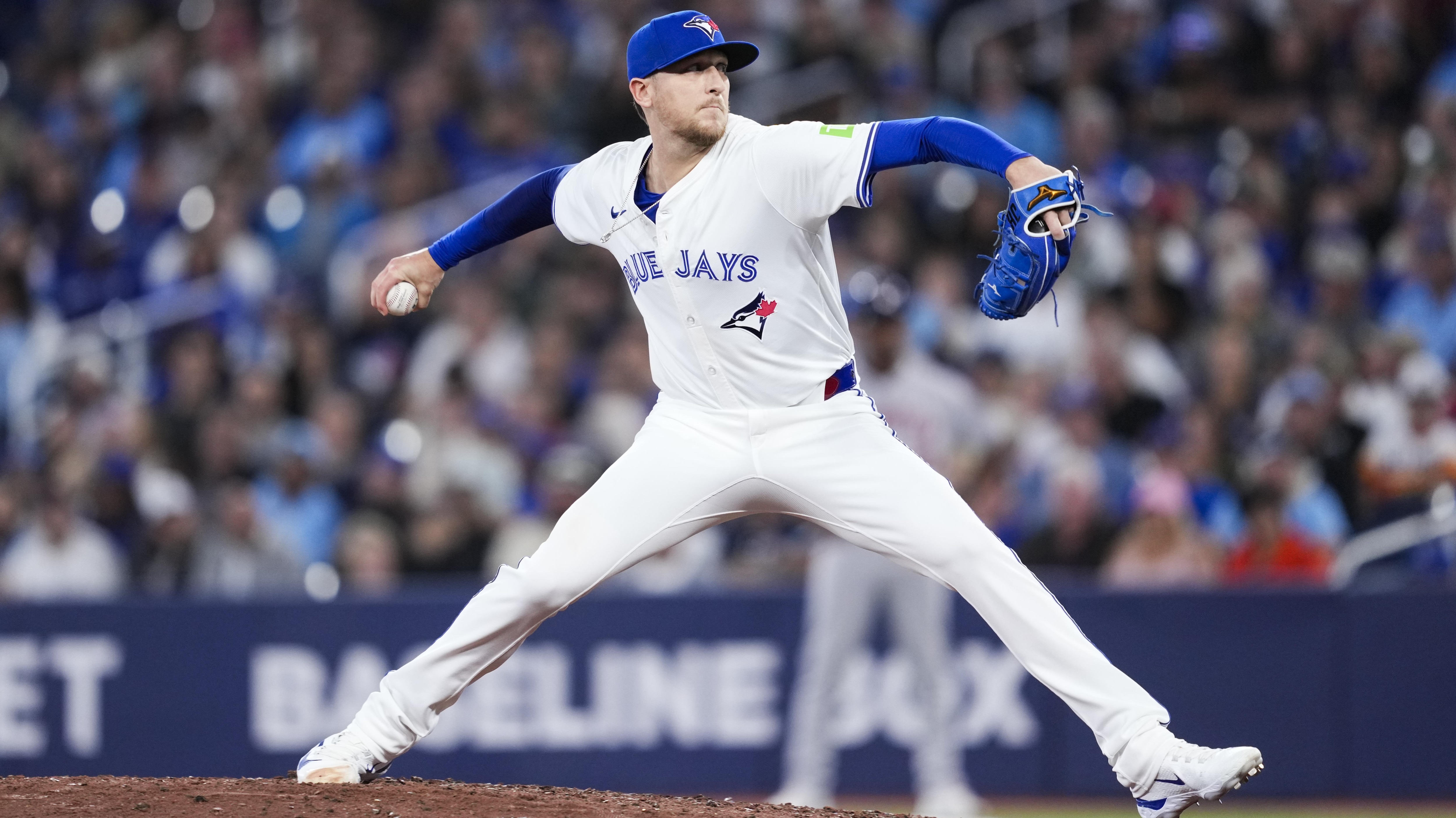
While AL East rival Baltimore would love to add a closer who can help for years to come, Toronto could really use a ninth-inning arm for the next six weeks.
And that's because Jeff Hoffman has a 5.85 ERA dating back to early May, blowing seven of his last 31 save chances.
He's already one of just two pitchers in MLB history to allow at least 15 home runs while recording at least 30 saves. But at least when Josh Hader became the founding member of that club in 2019, he did so with a 2.62 ERA and a drastically higher whiff rate.
Hader was an All-Star who occasionally allowed some solo shots. Hoffman is more of a ticking time bomb who occasionally tosses a 1-2-3 inning.
Washington Nationals: Anything Worth Building Around
30 of 30
Since the beginning of 2021, only the Colorado Rockies have suffered more losses than the Washington Nationals.
And, if anything, the 2019 World Series champions feel even further away from scaling that mountain again than they did half a decade ago.
James Wood, MacKenzie Gore and C.J. Abrams are legitimate foundational pieces, with hopes that first-round picks Dylan Crews and Brady House approach that status soon. But if they could trade away the other 35 guys on the 40-man roster for one reasonably sure thing at starting pitcher or first base for the next five years, it might be worth it.
Not a single pitcher (including Gore) with more than 20 innings pitched for the Nationals this season has a sub-4.00 ERA. And aside from Wood and Abrams, no position player has been worth even 1.0 fWAR.
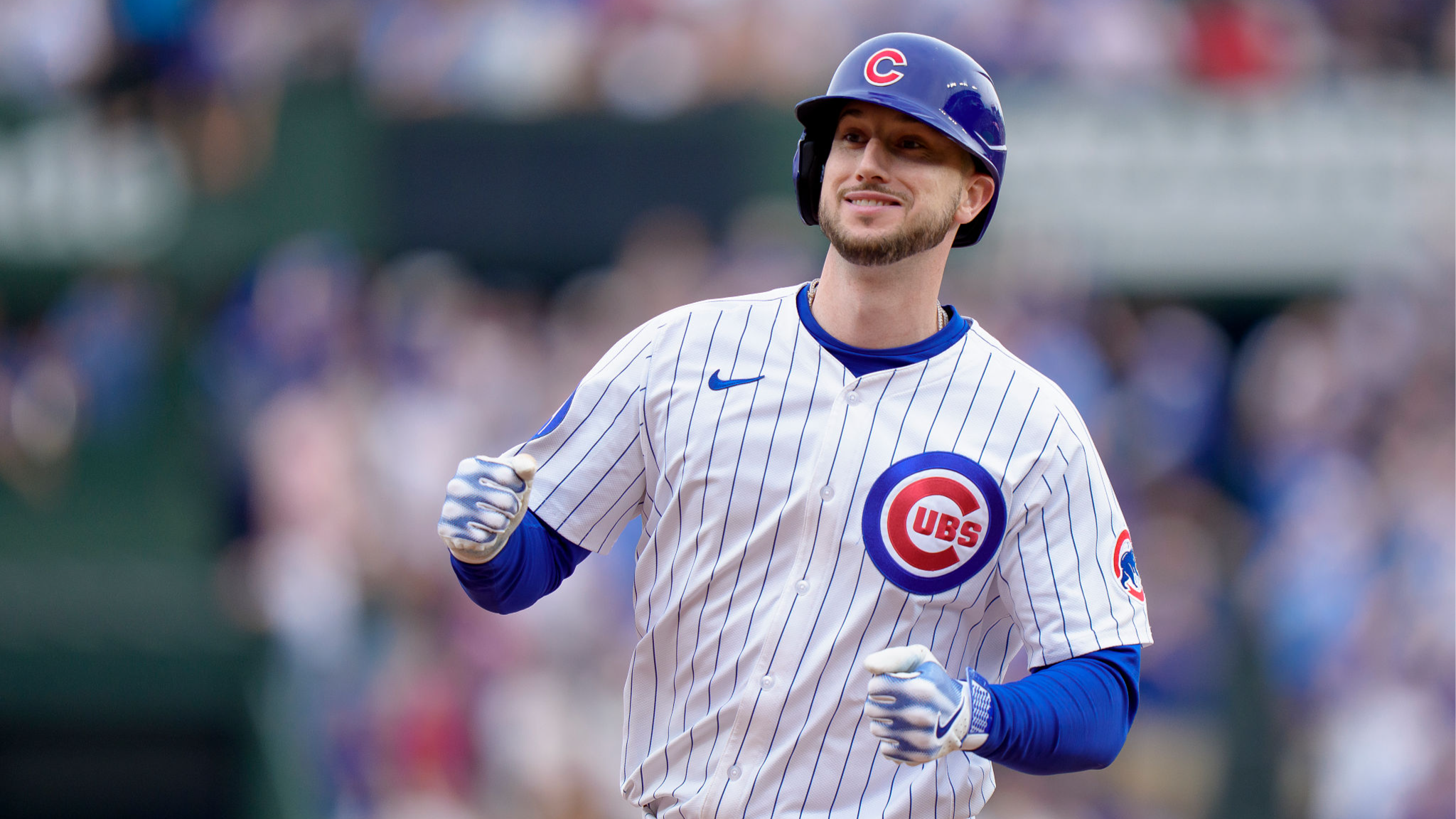
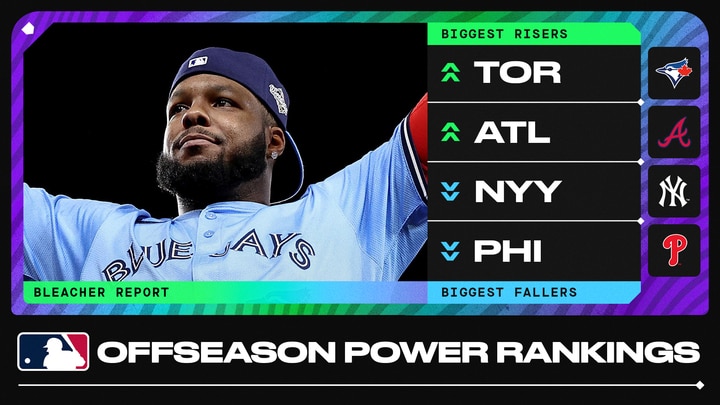
_0.jpg)
